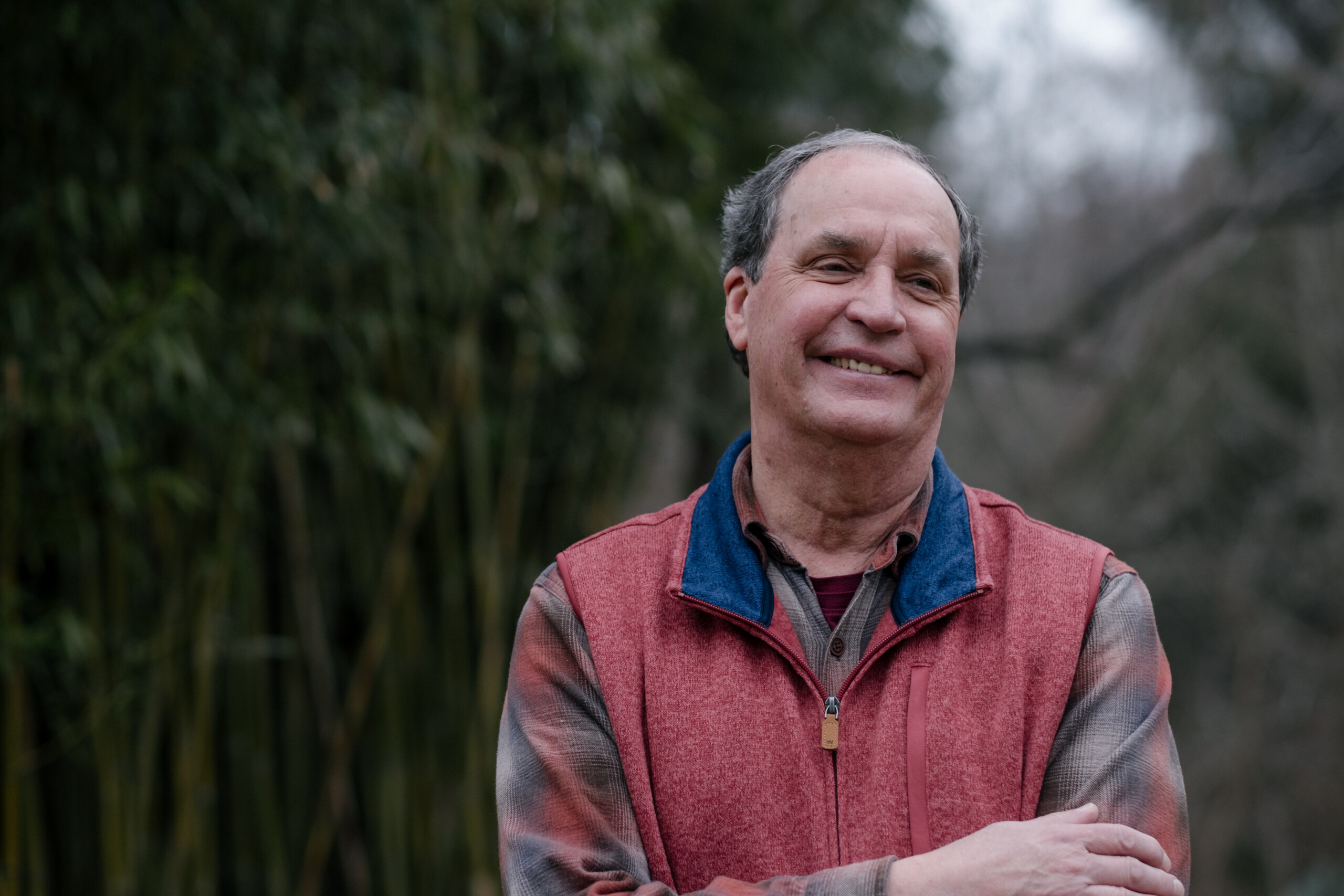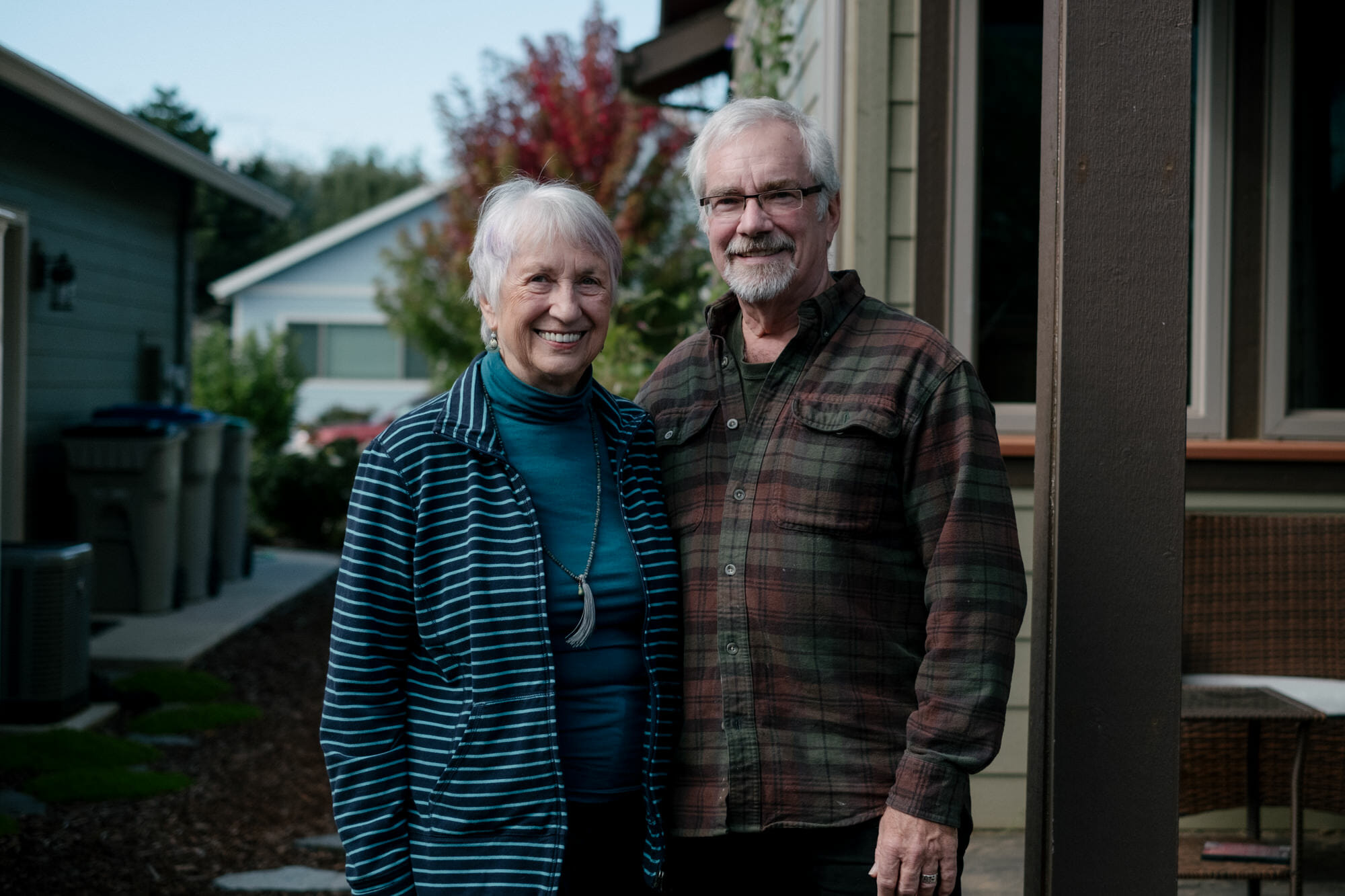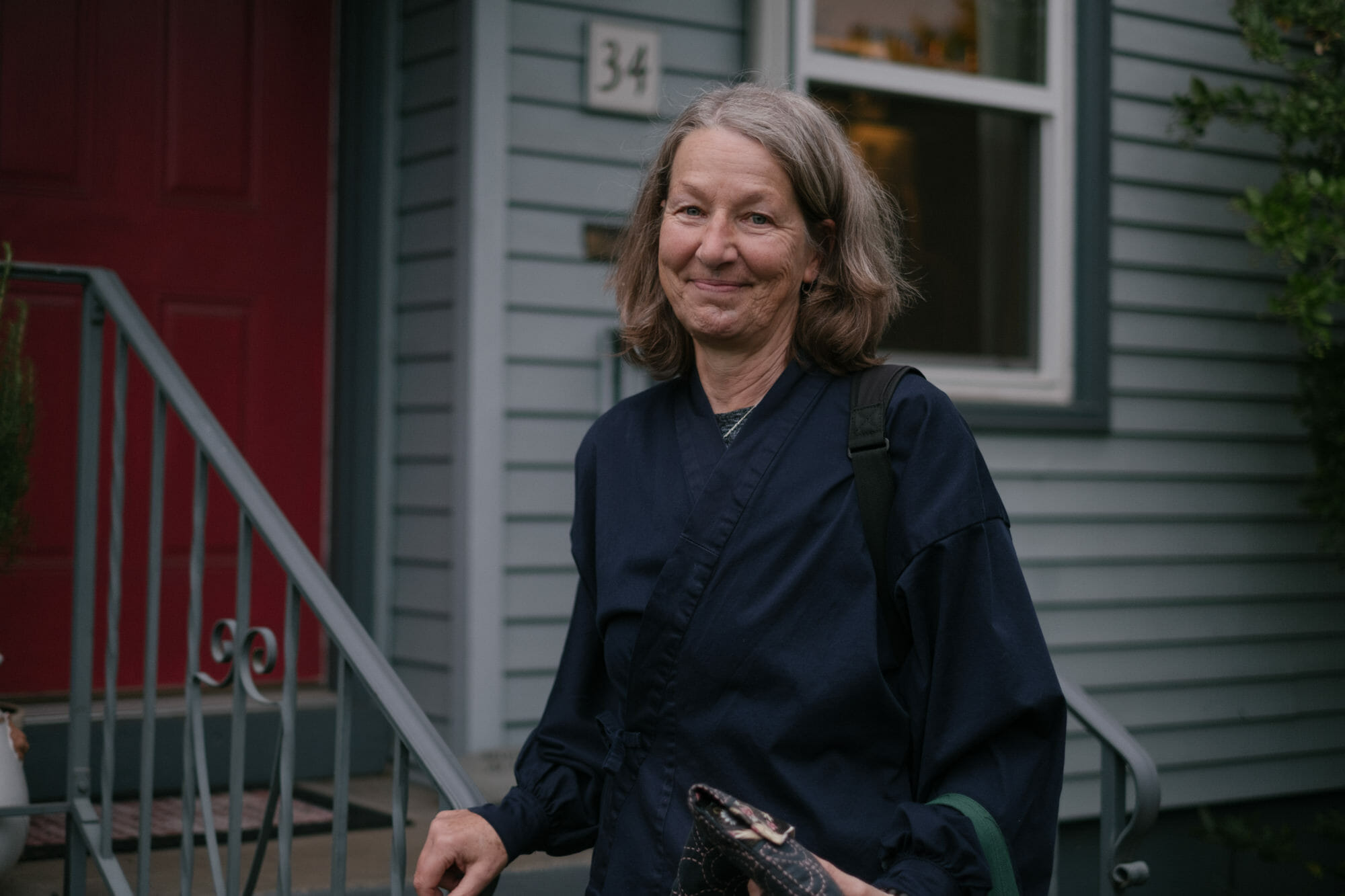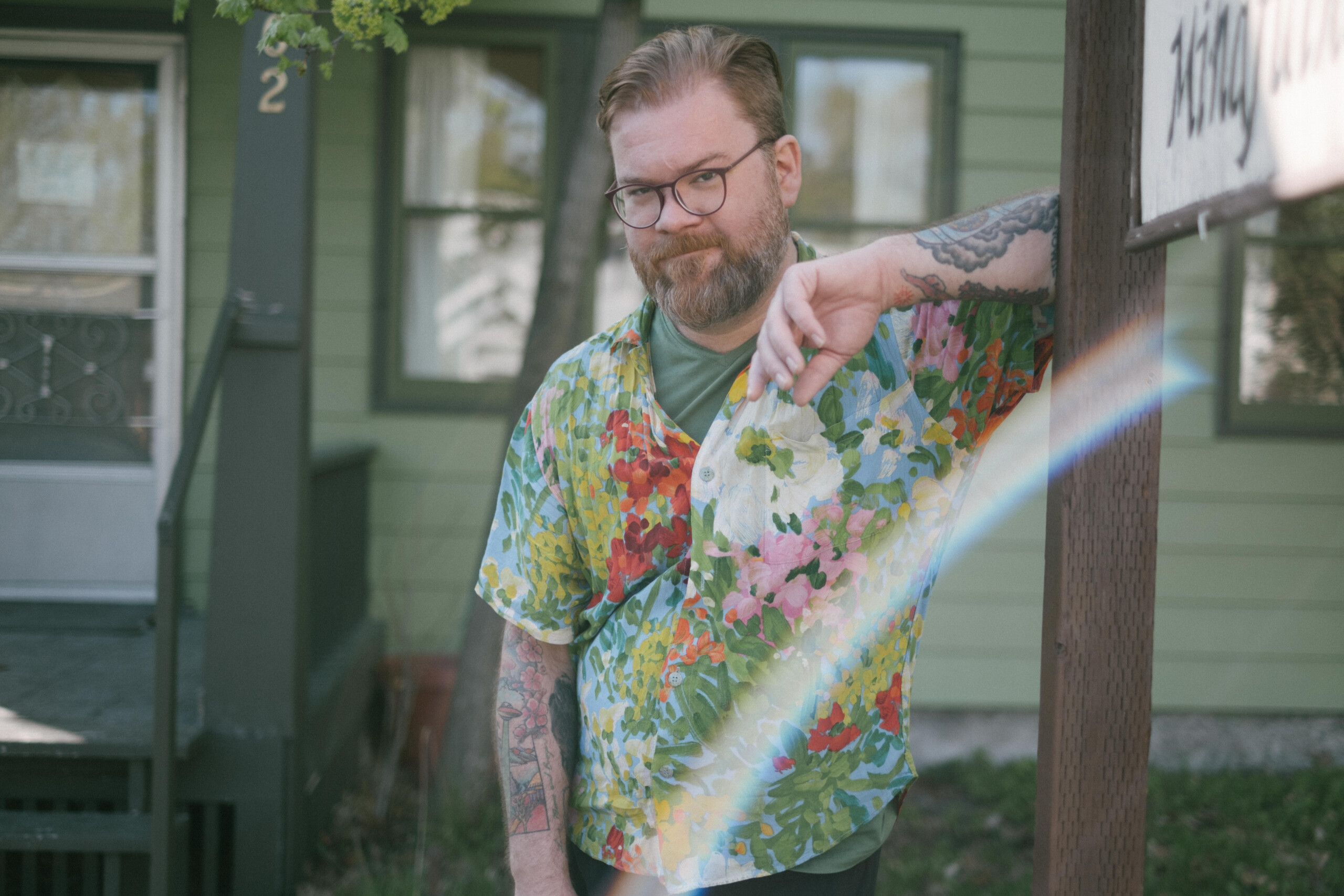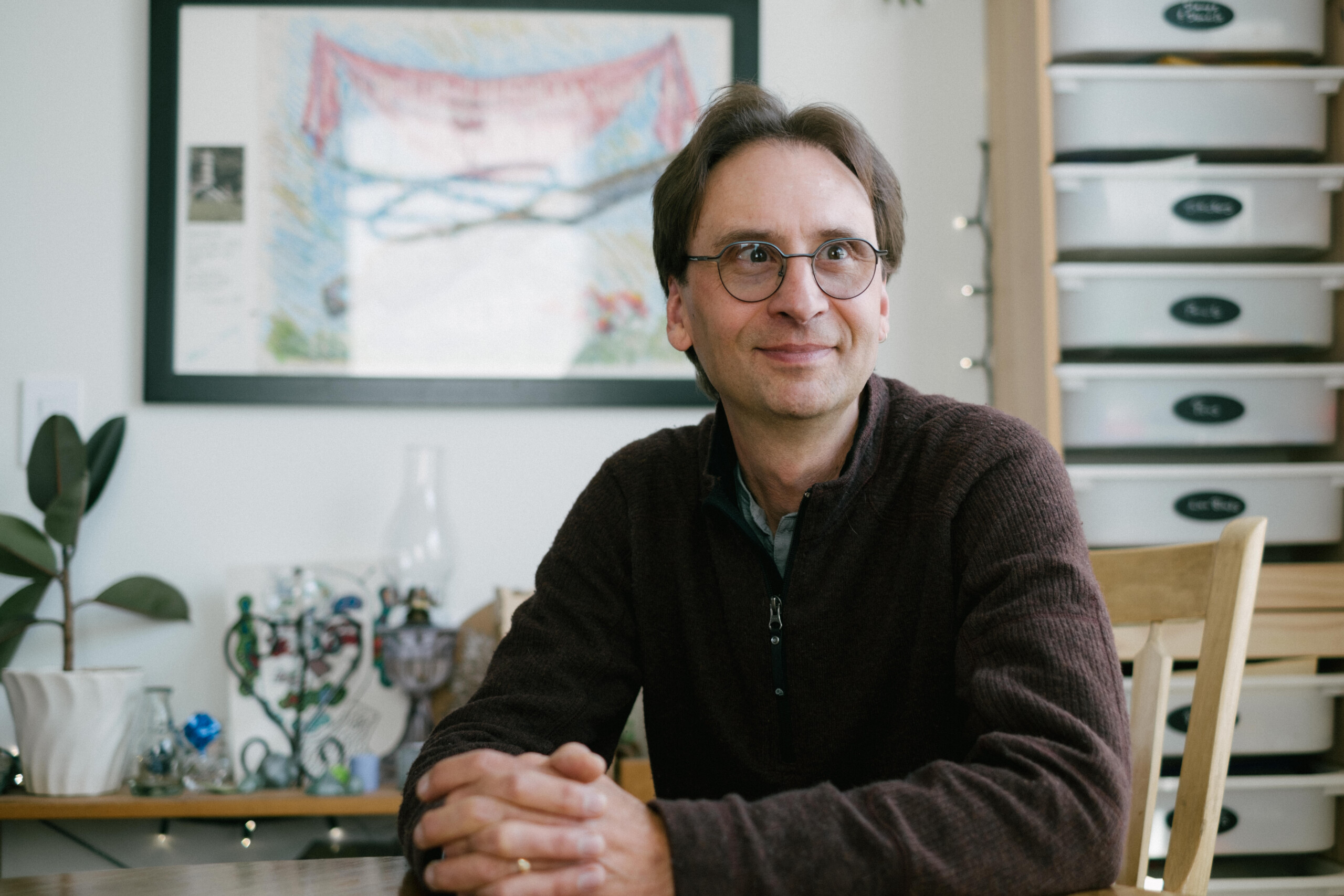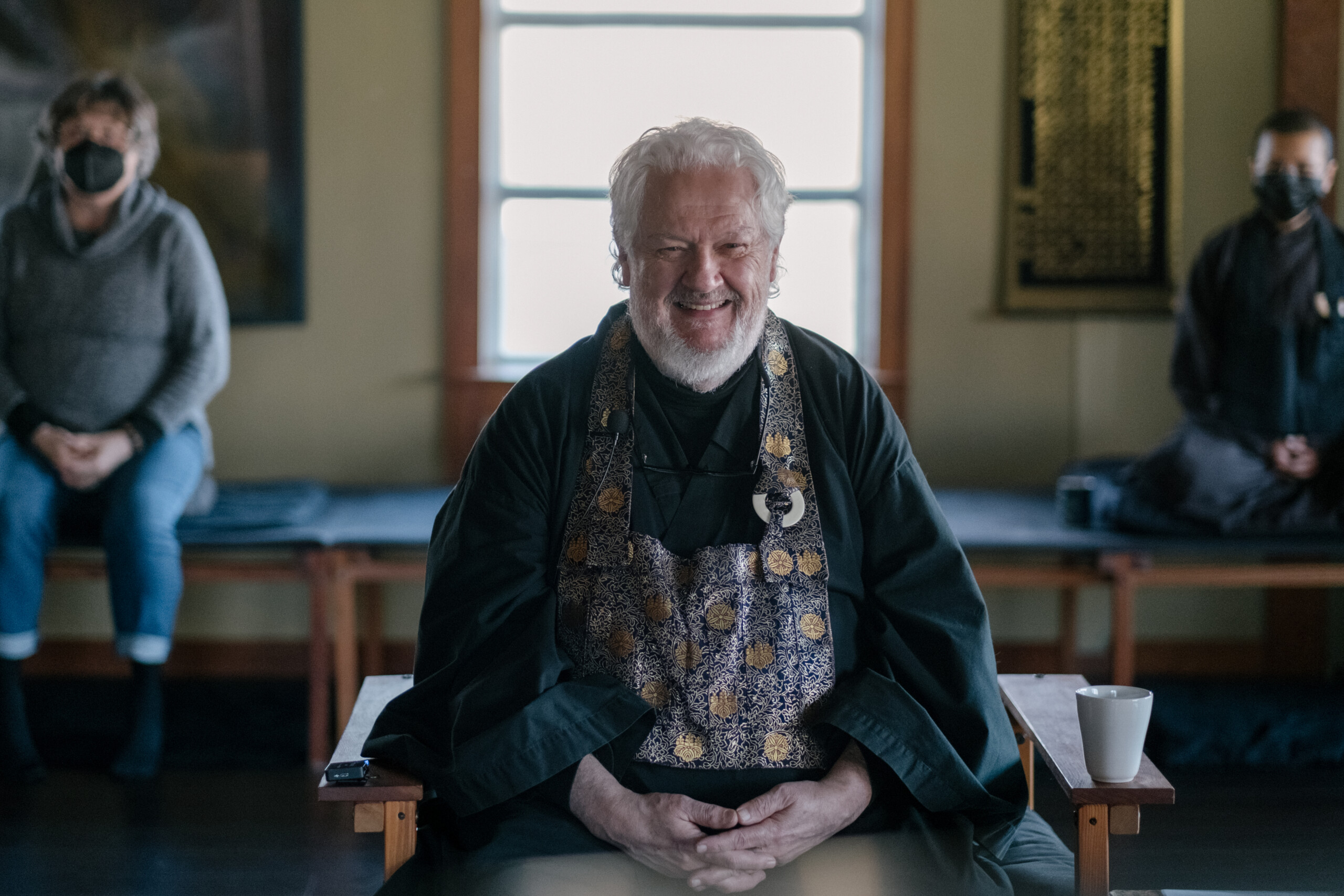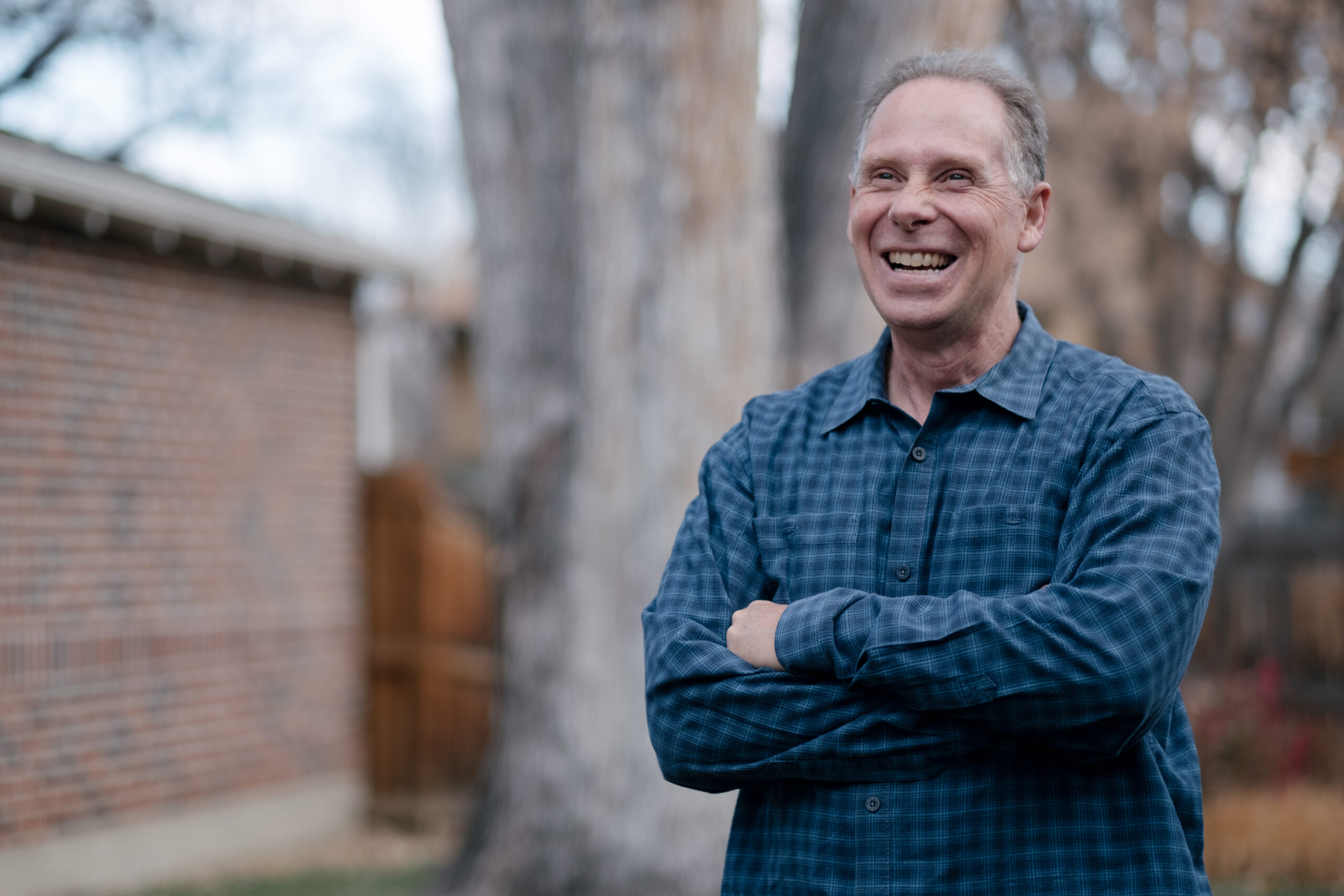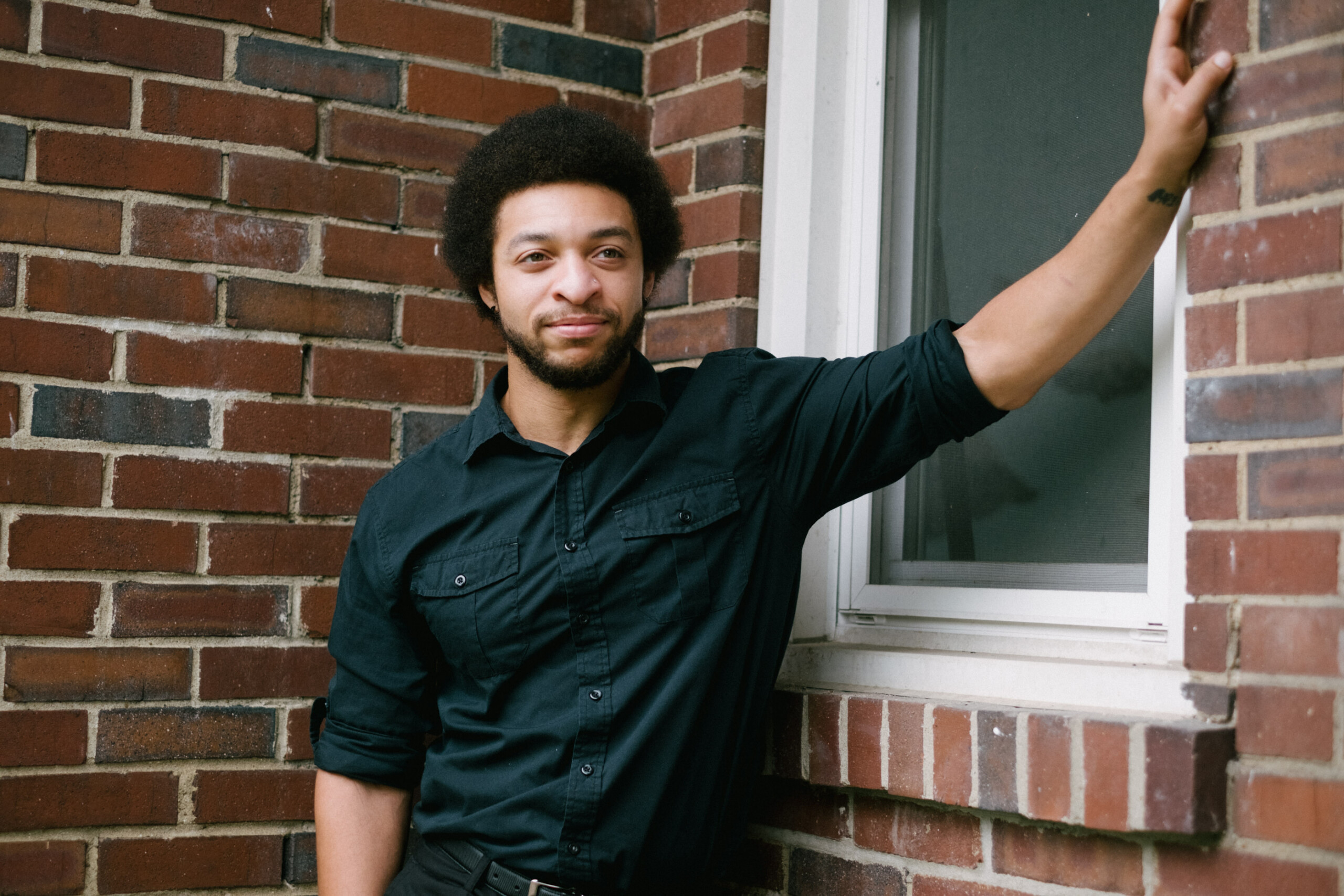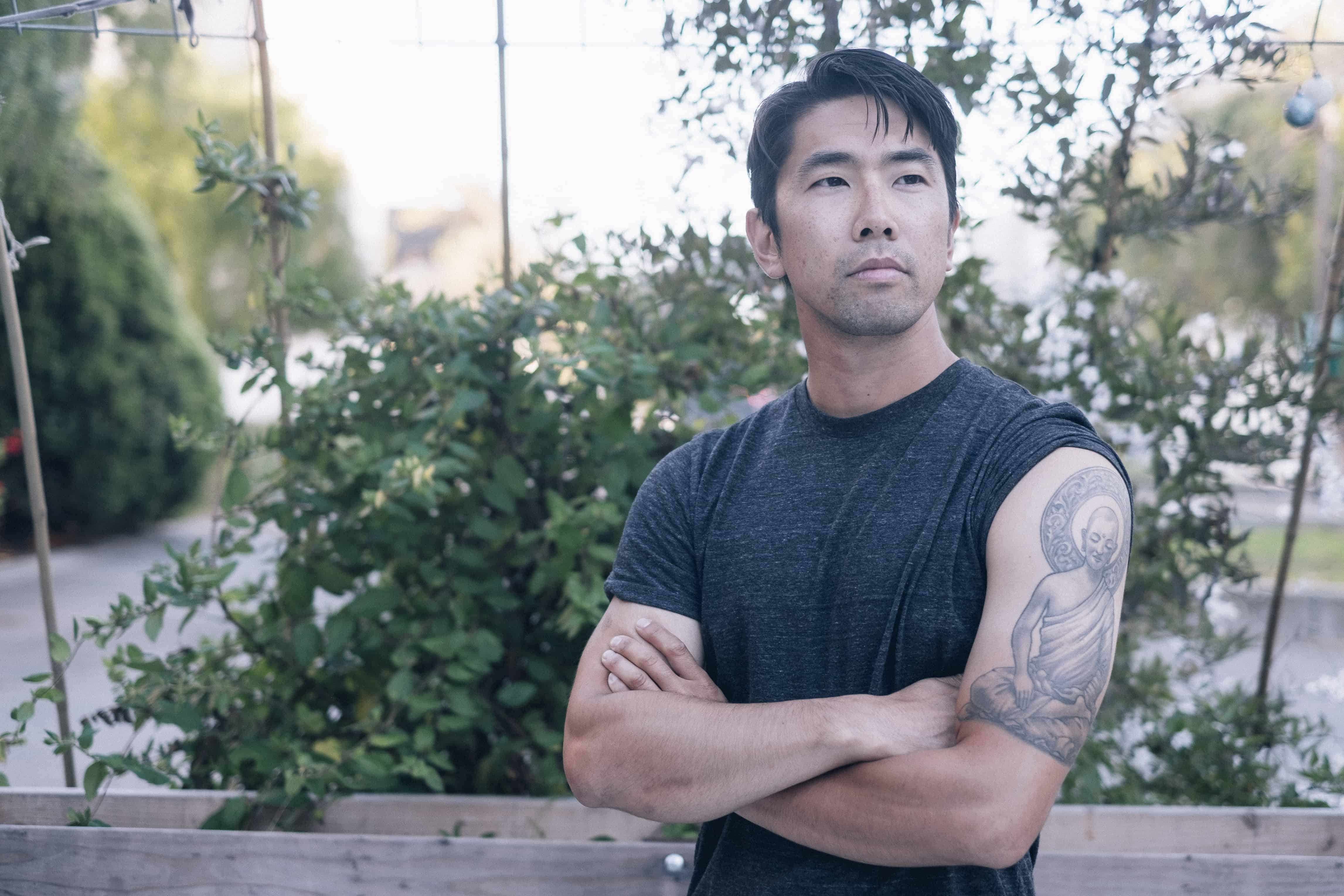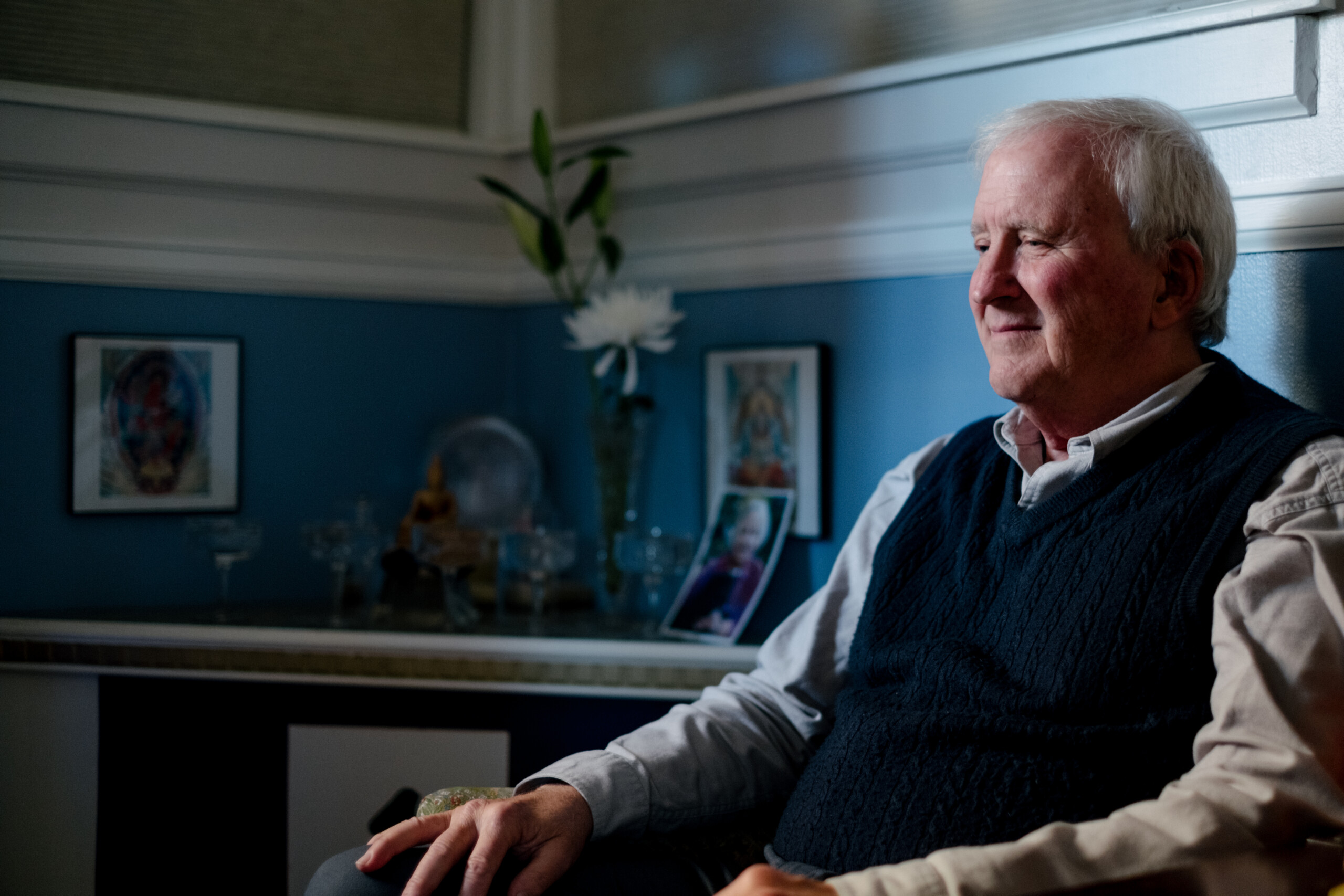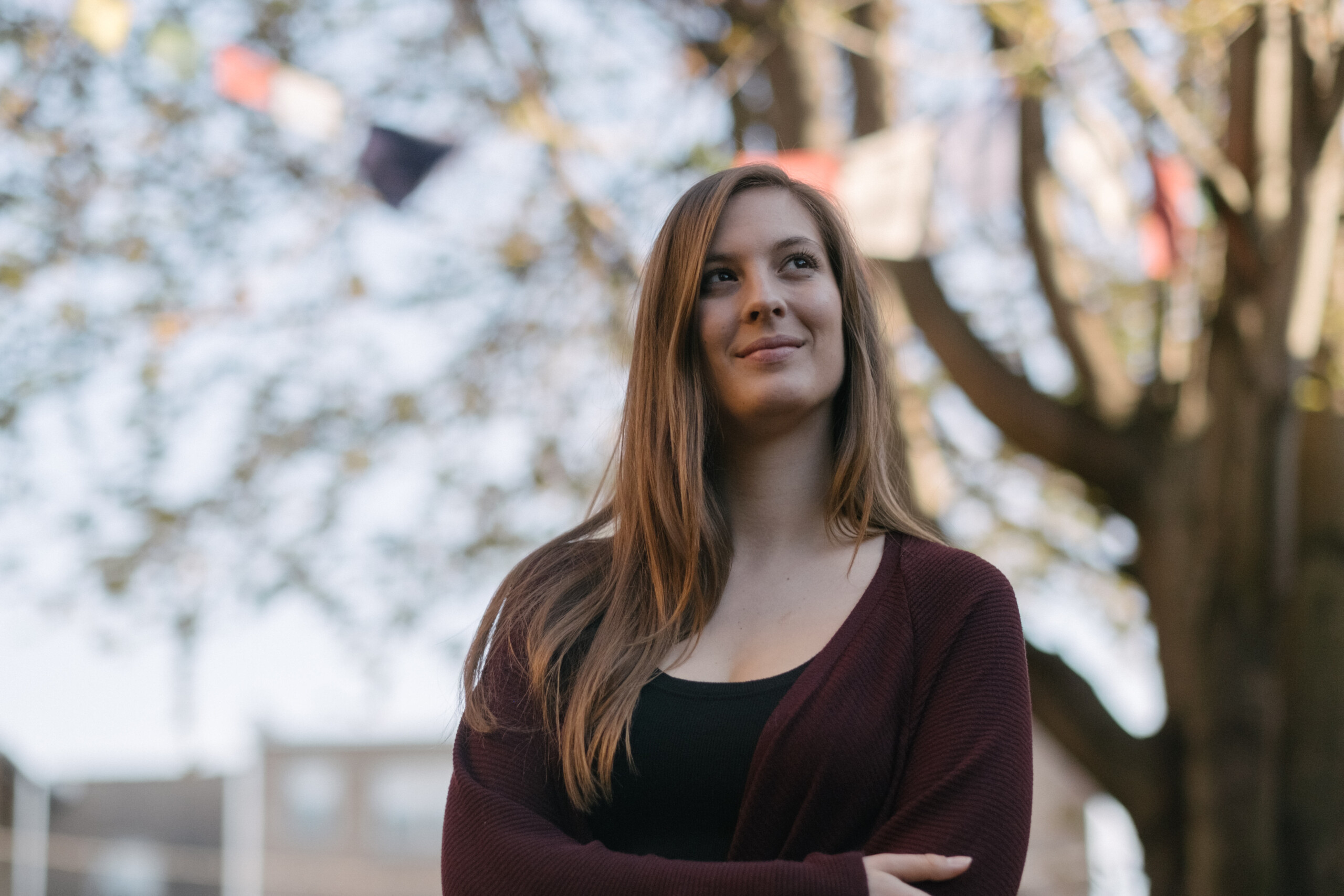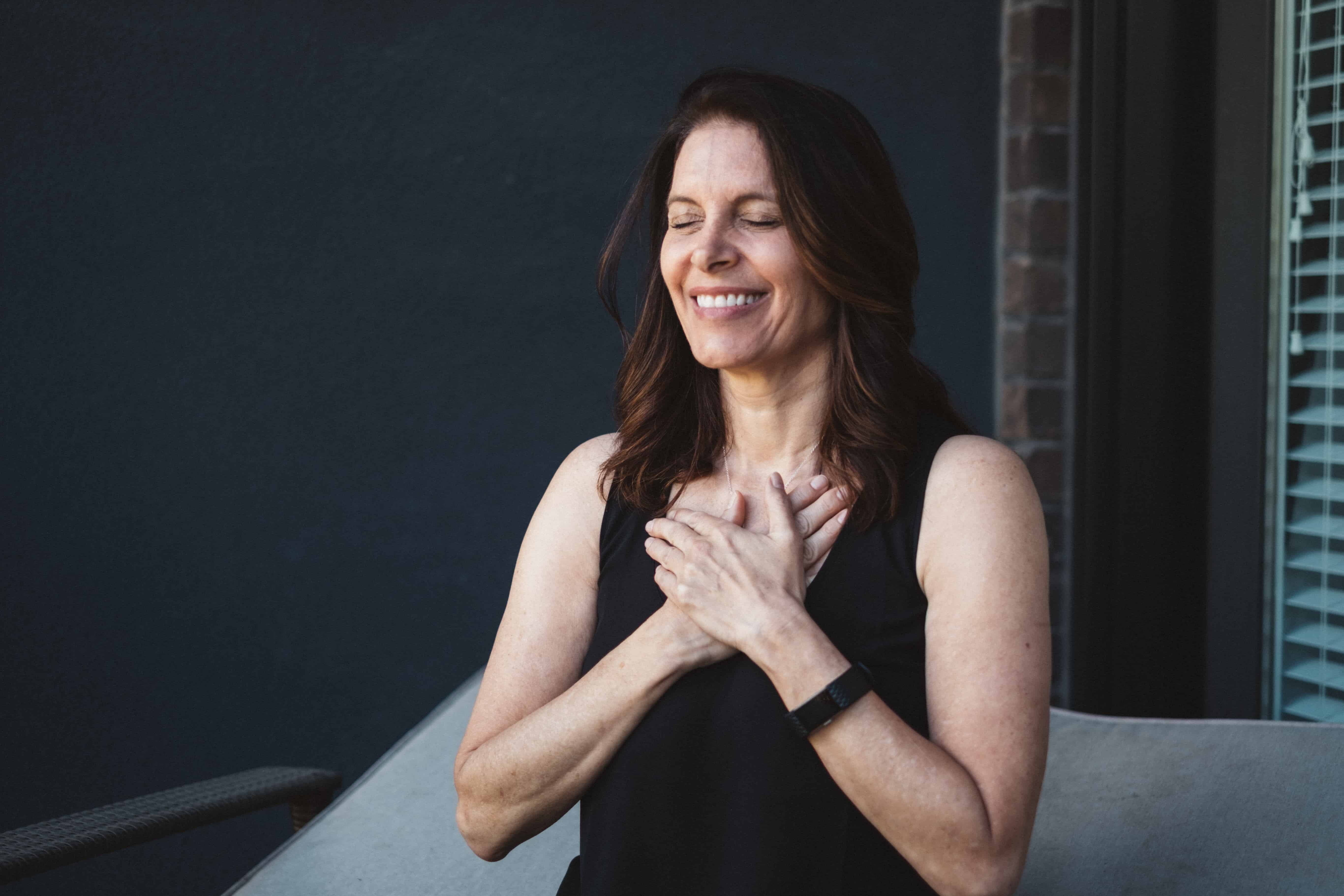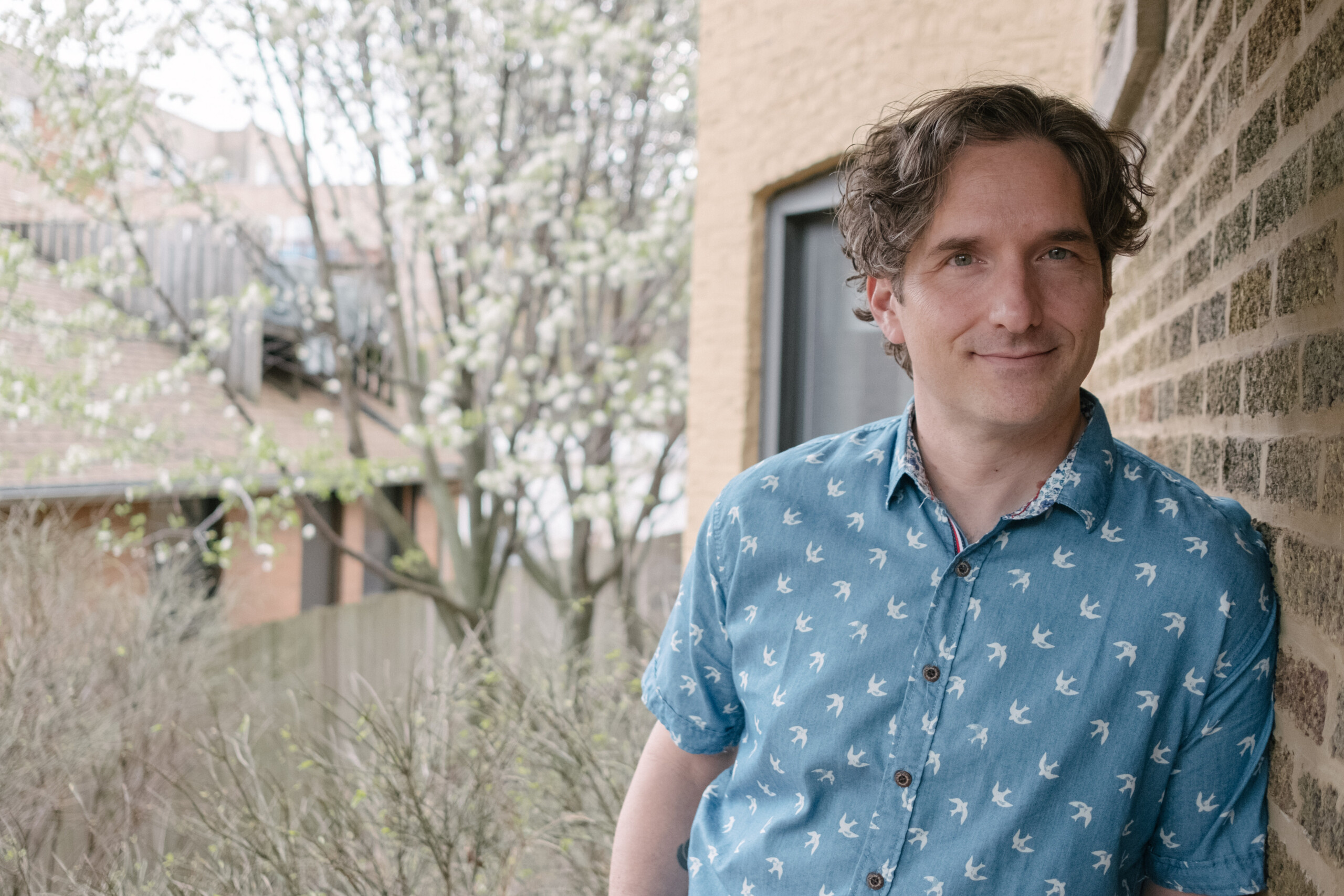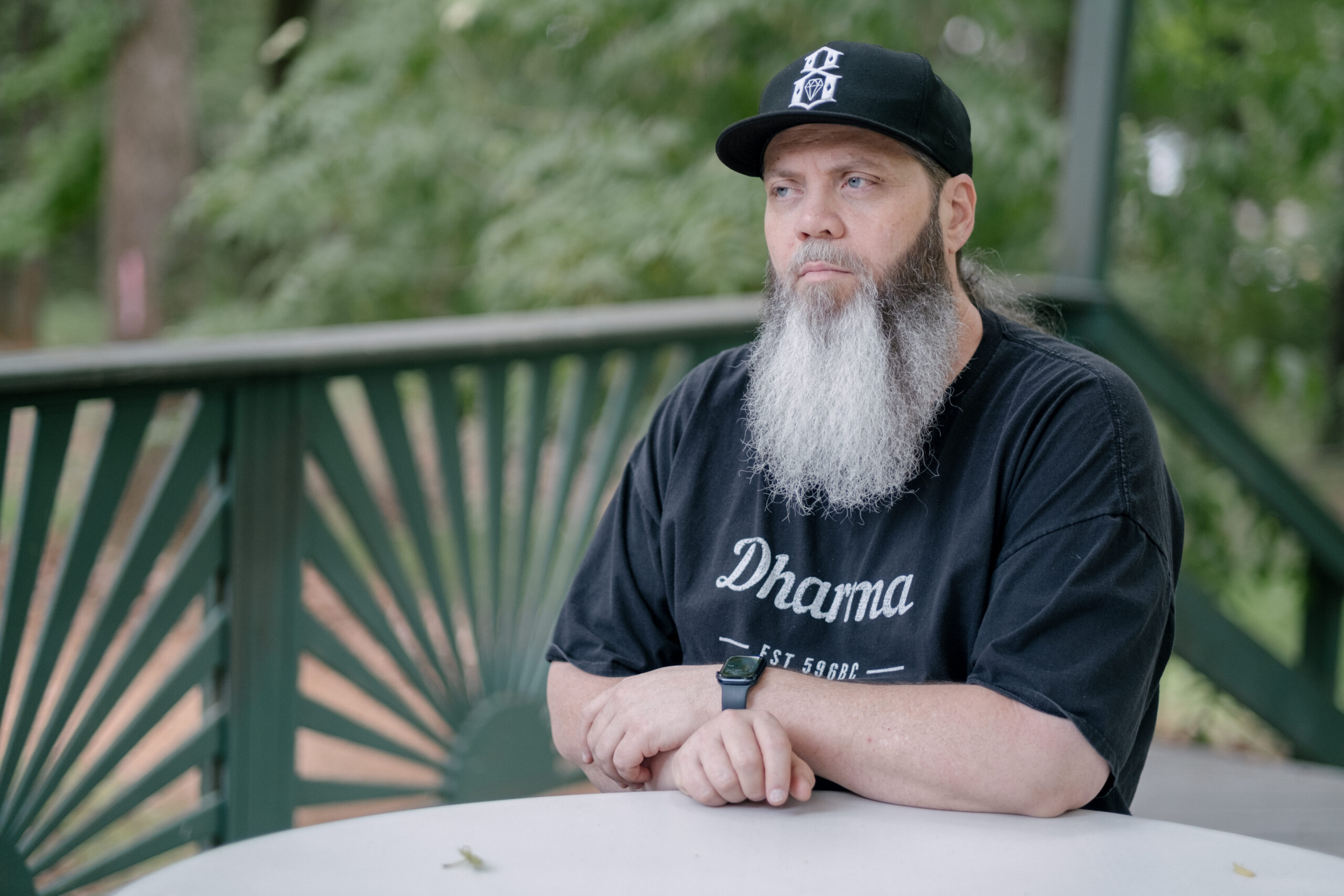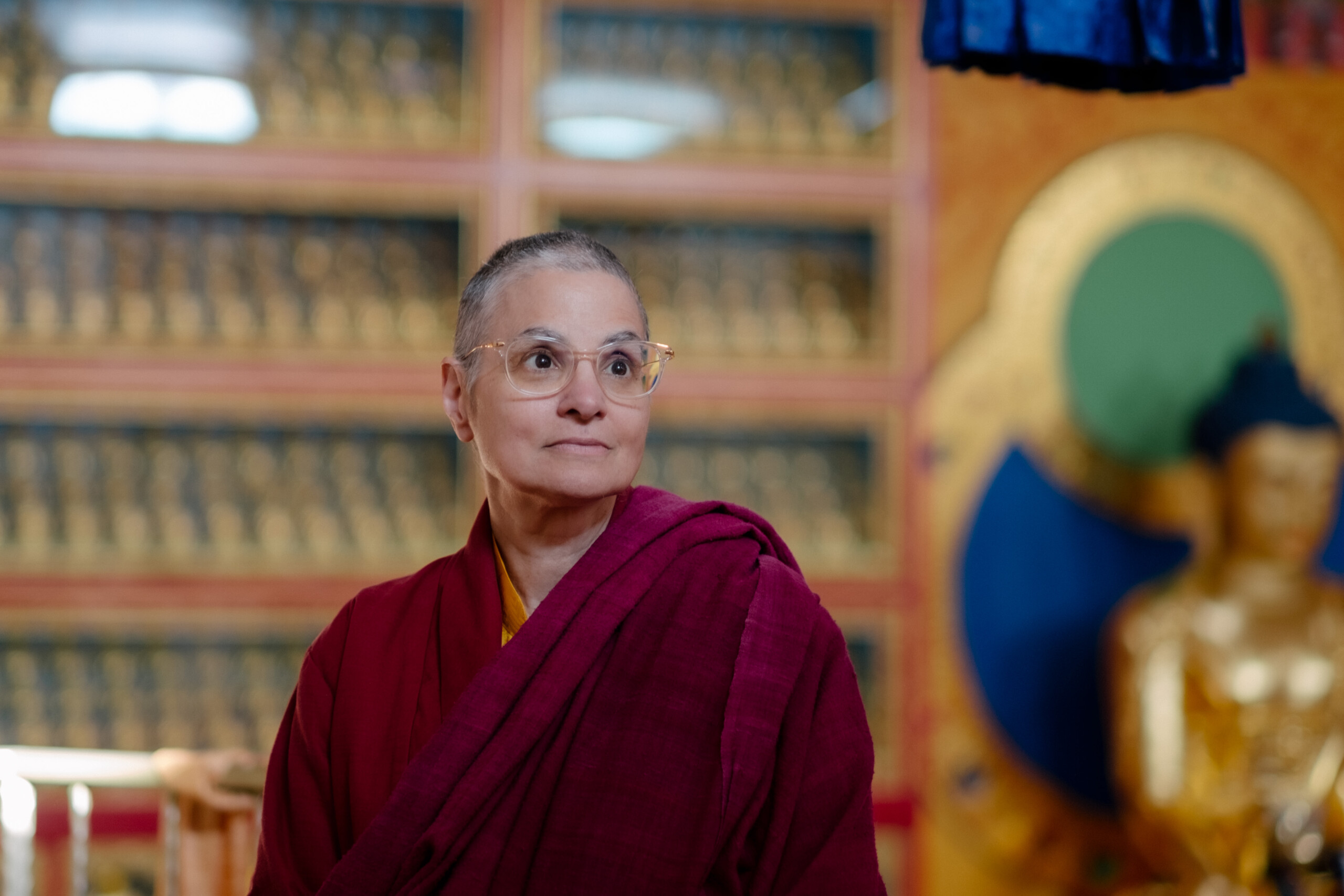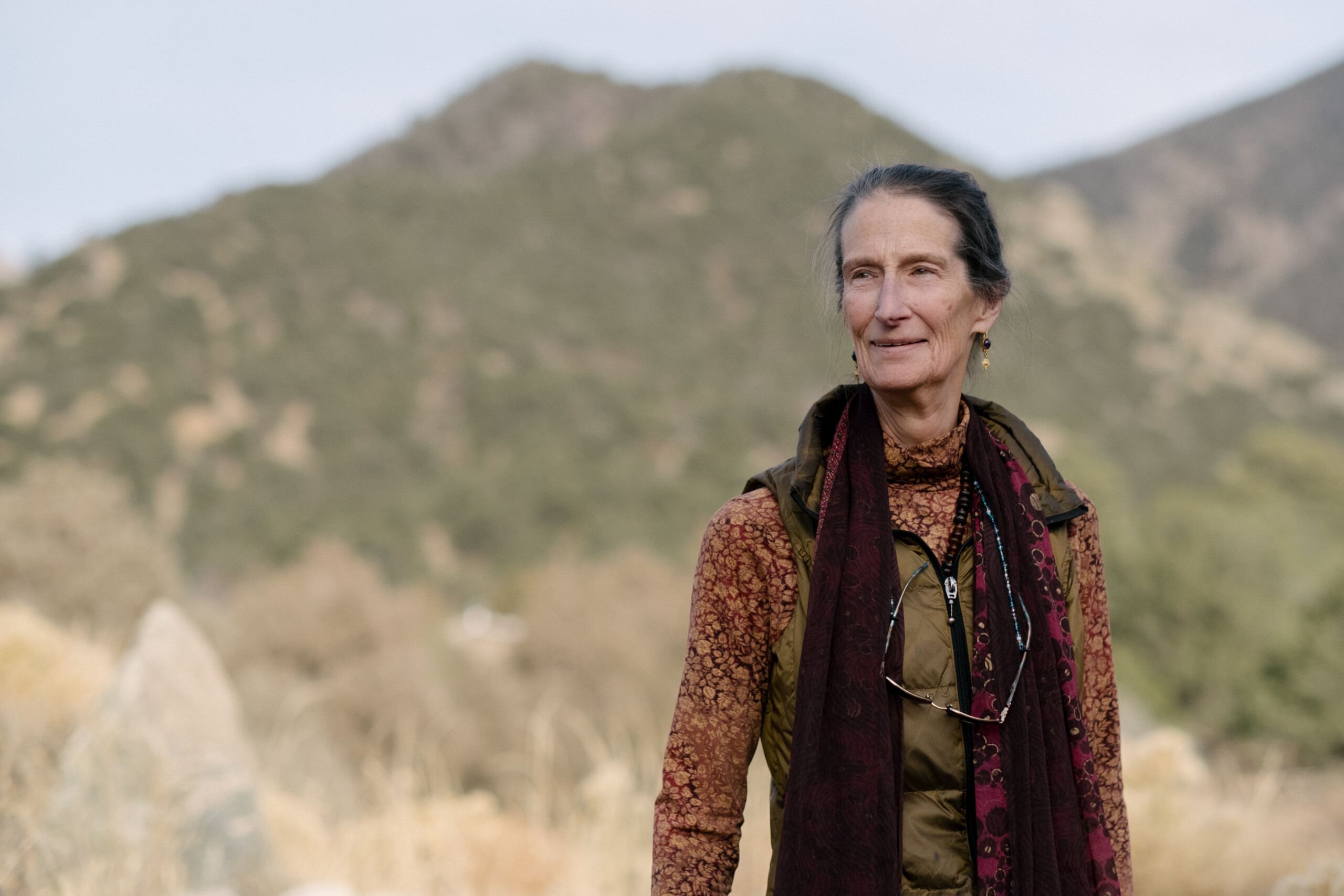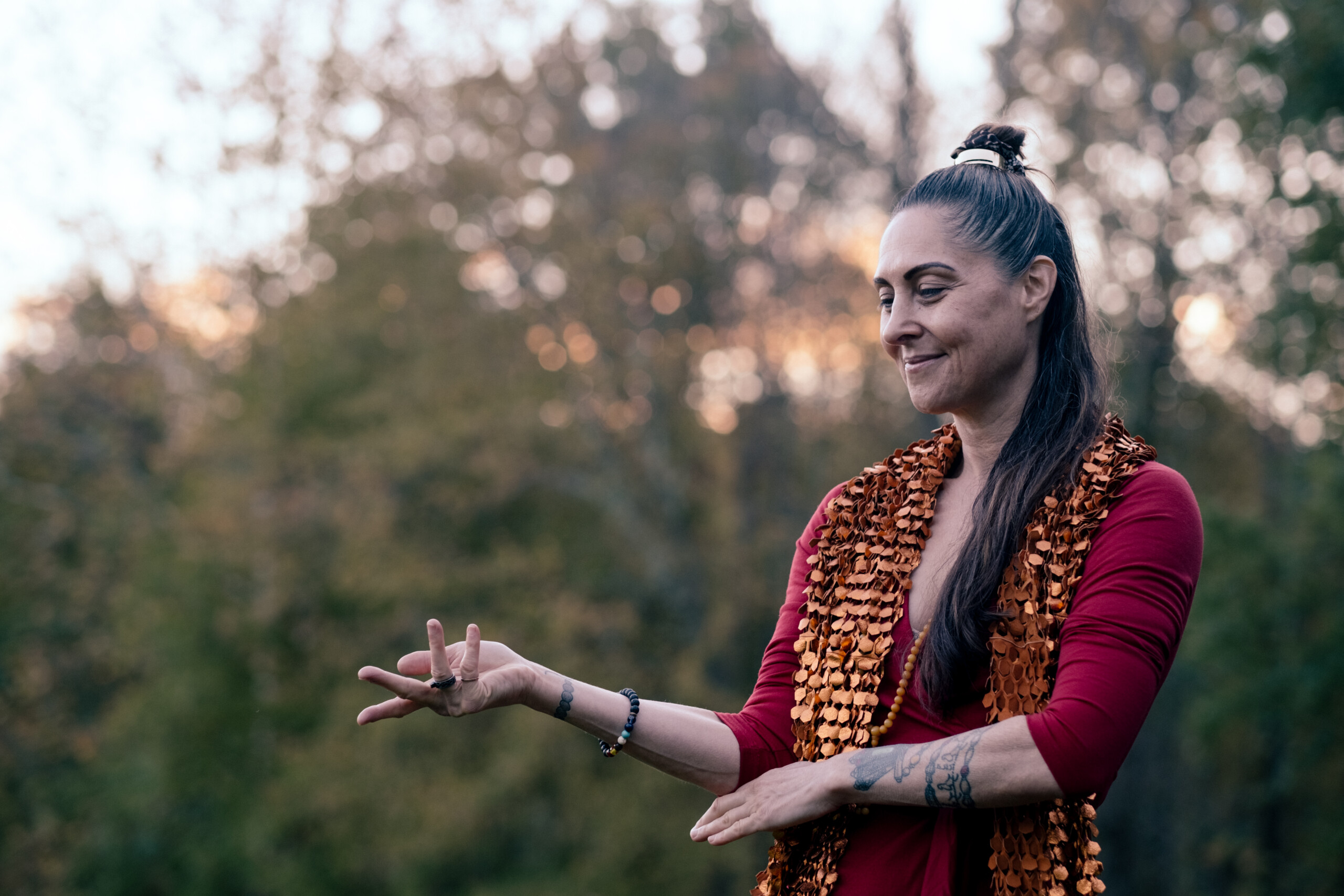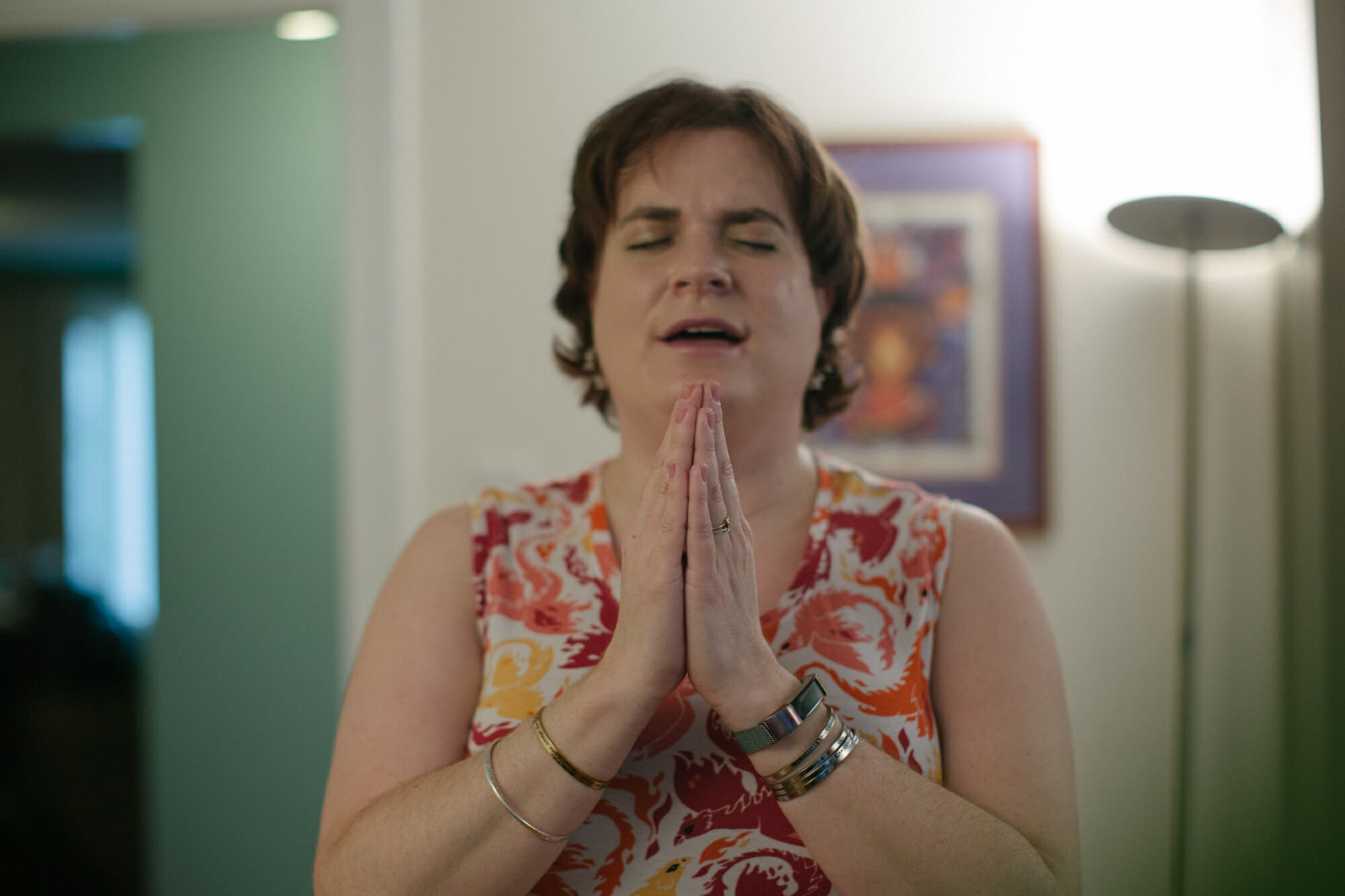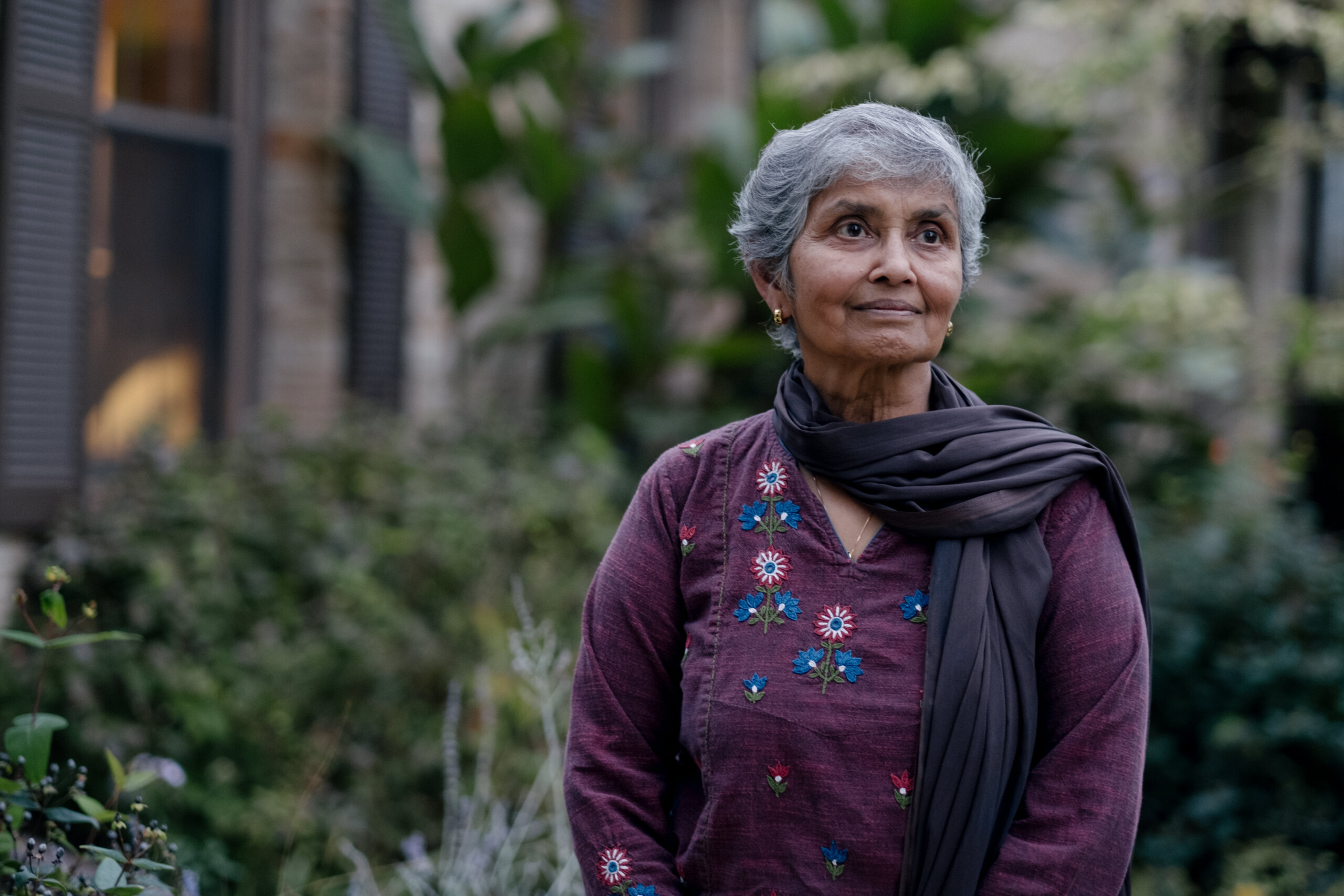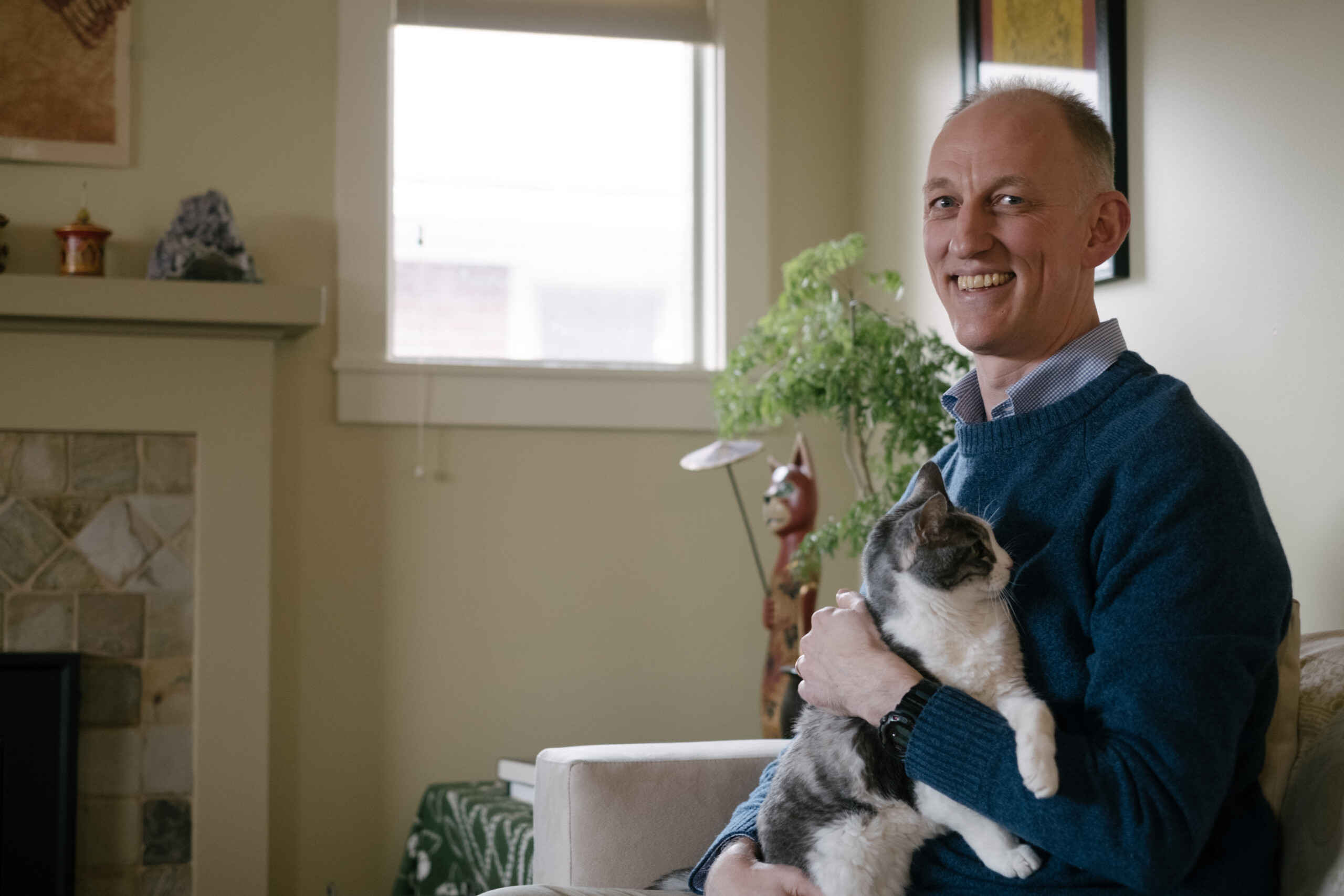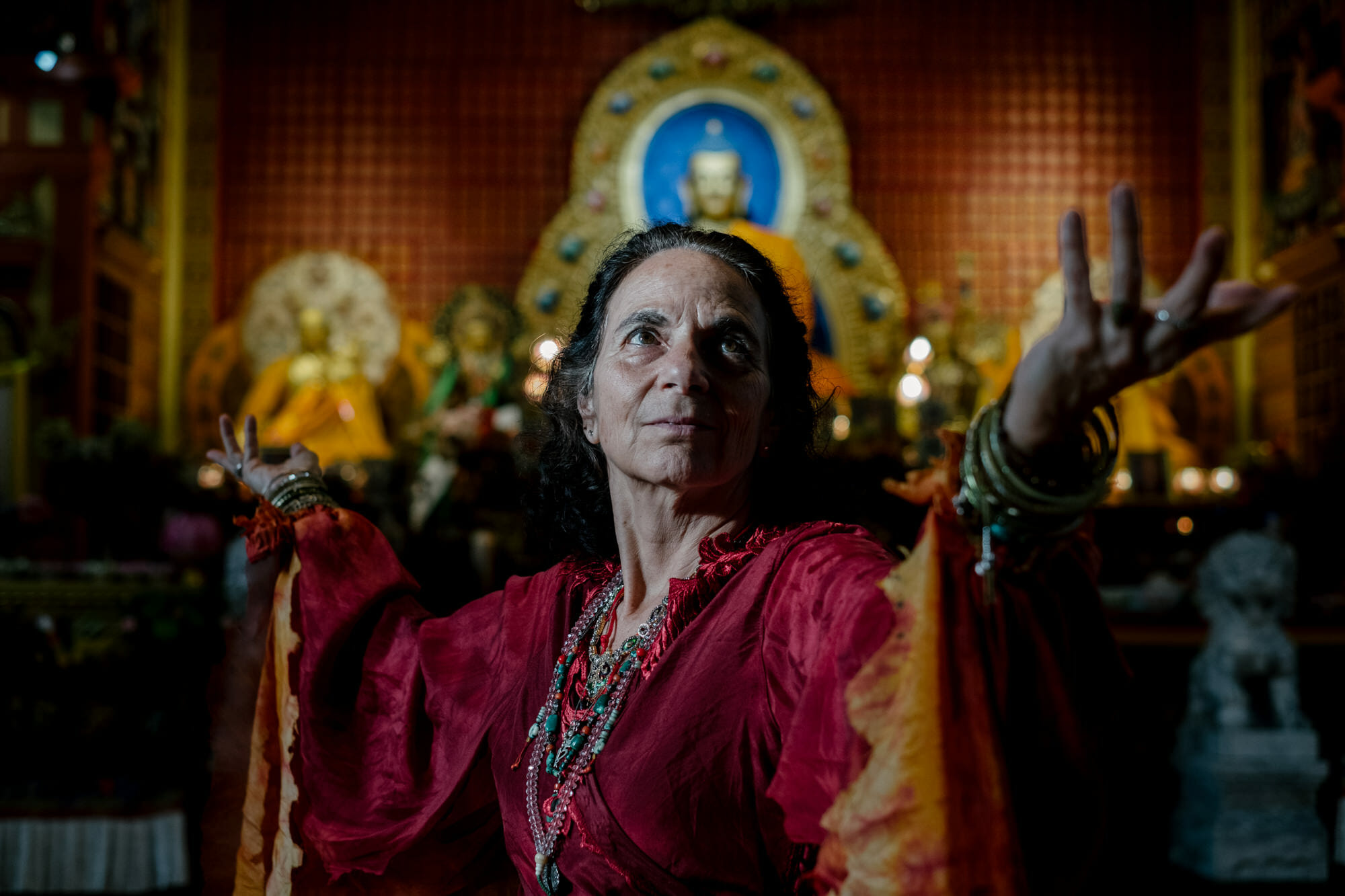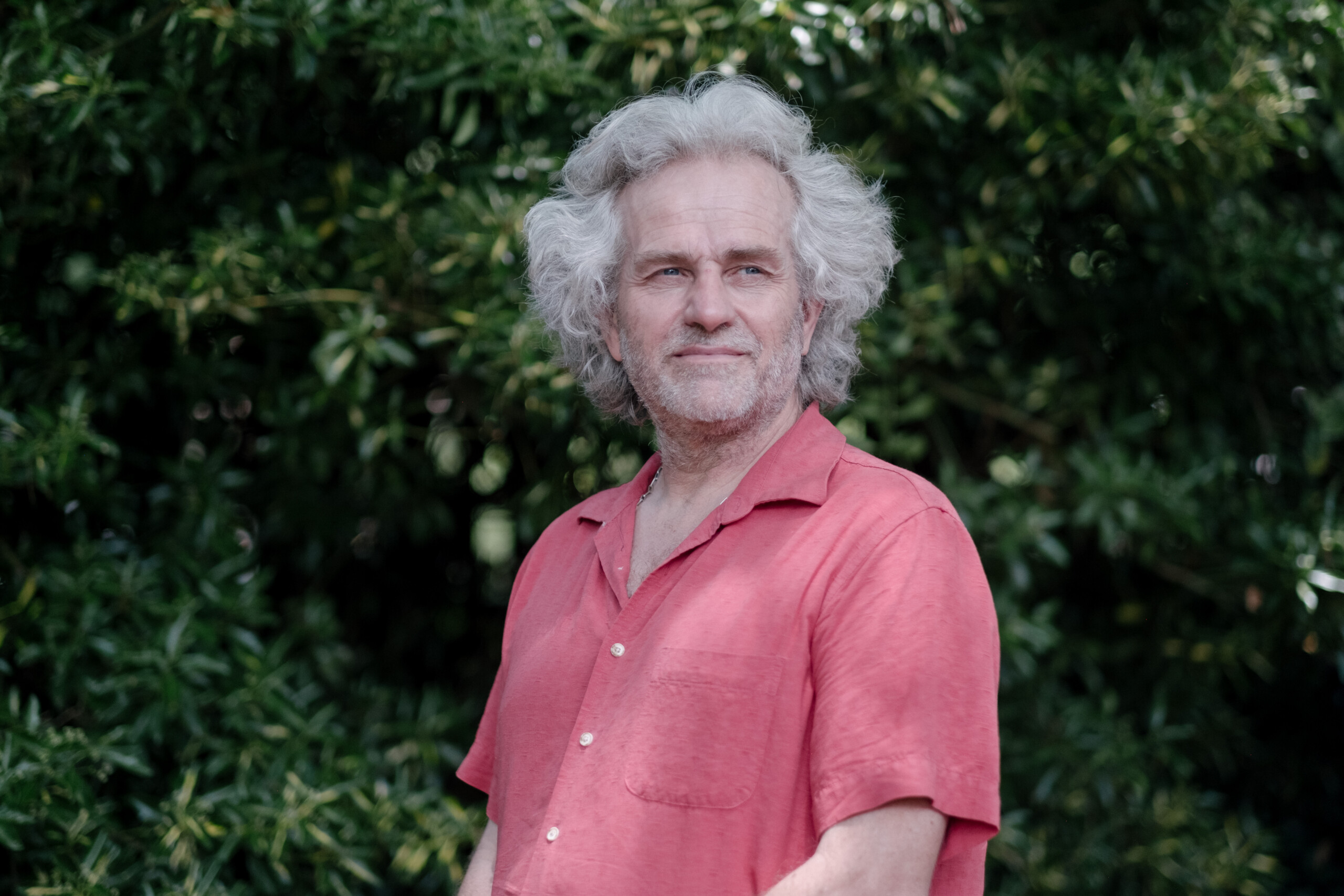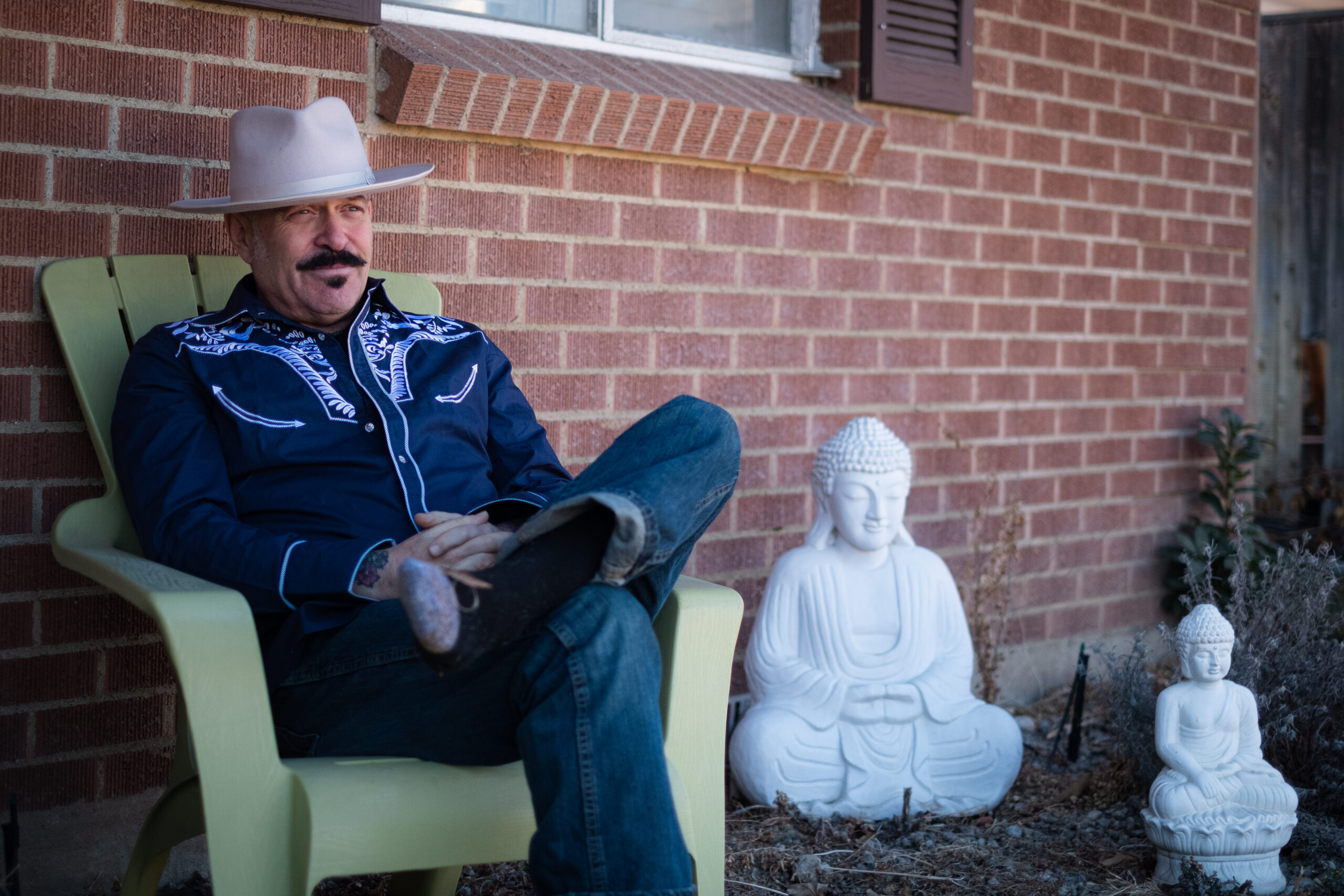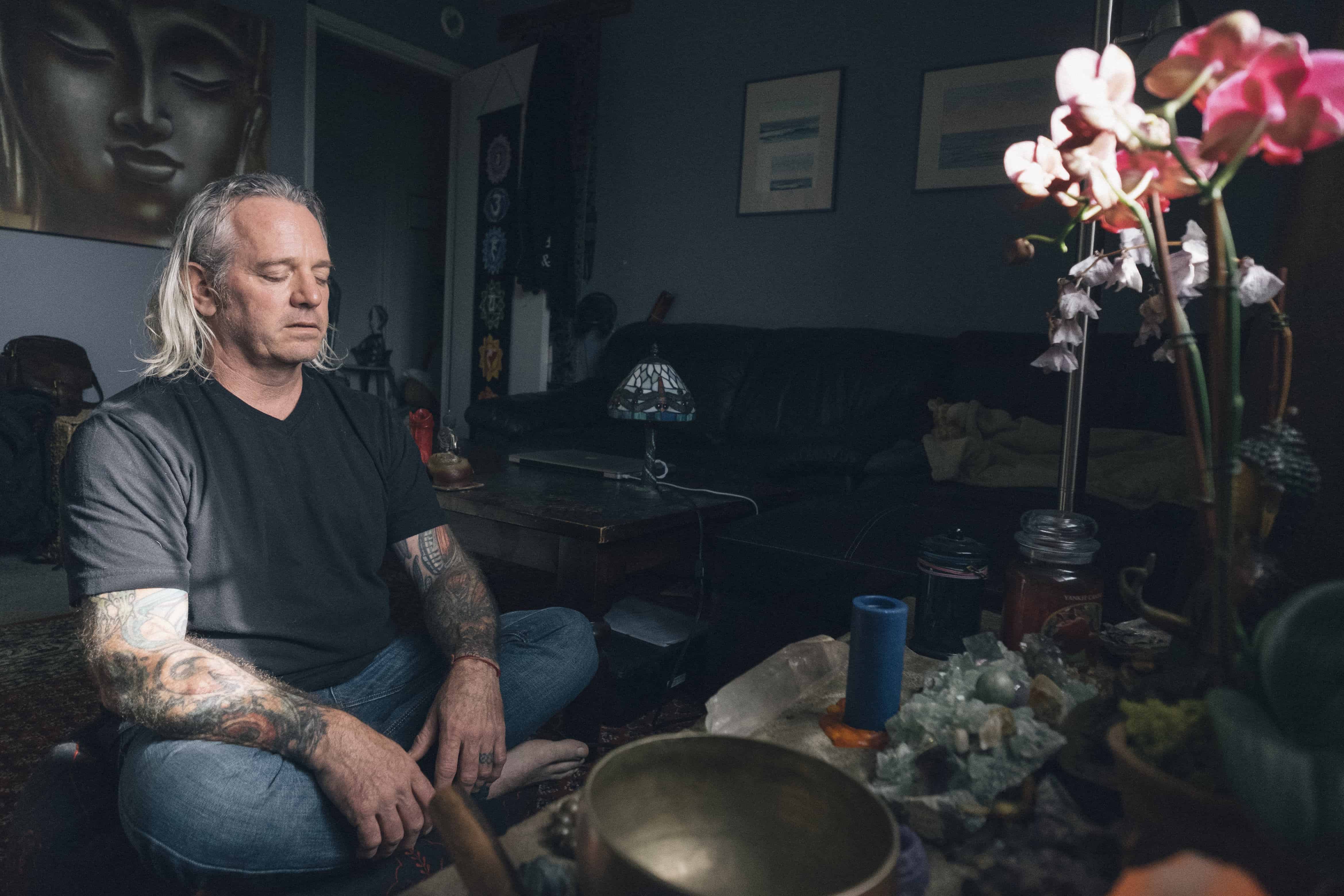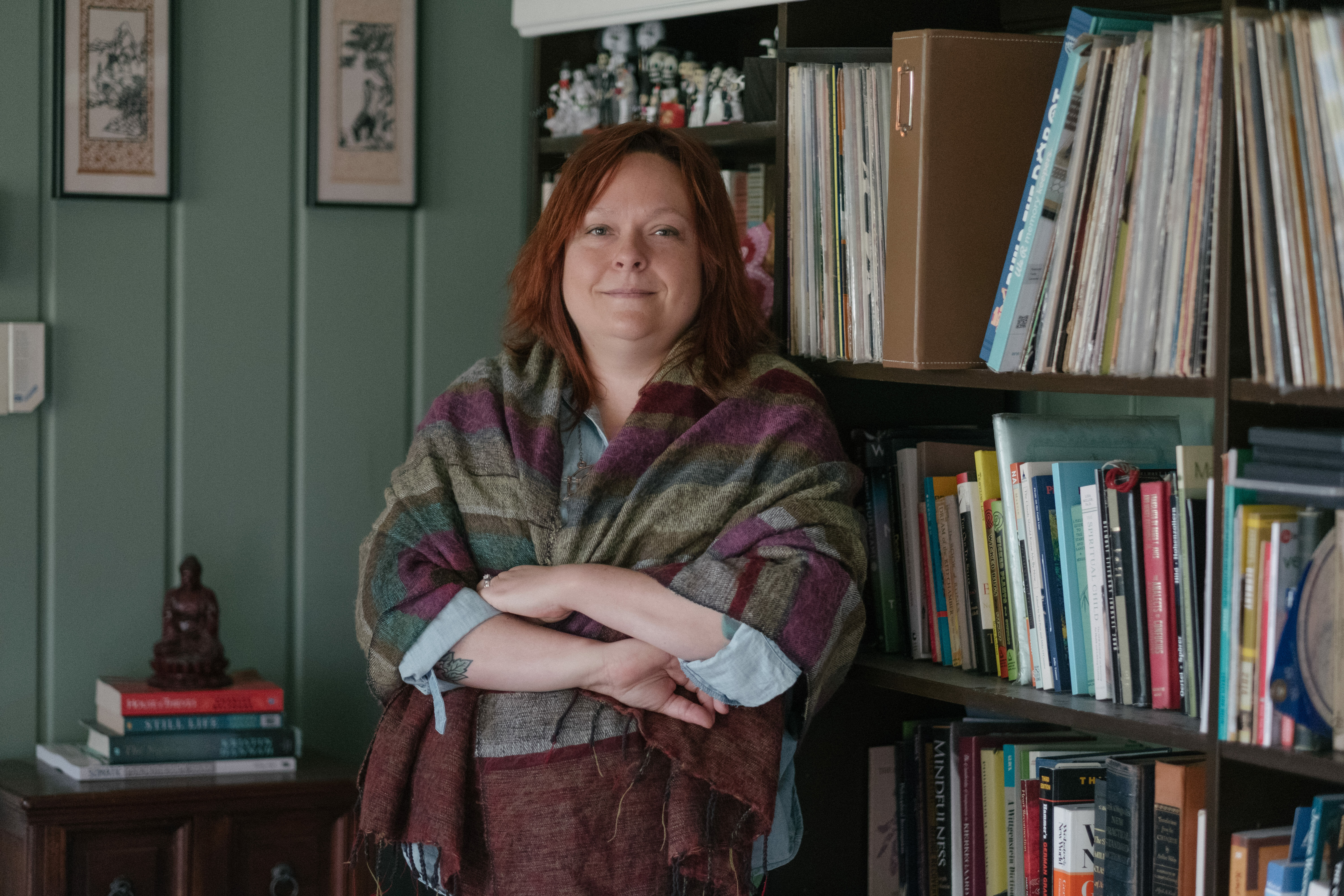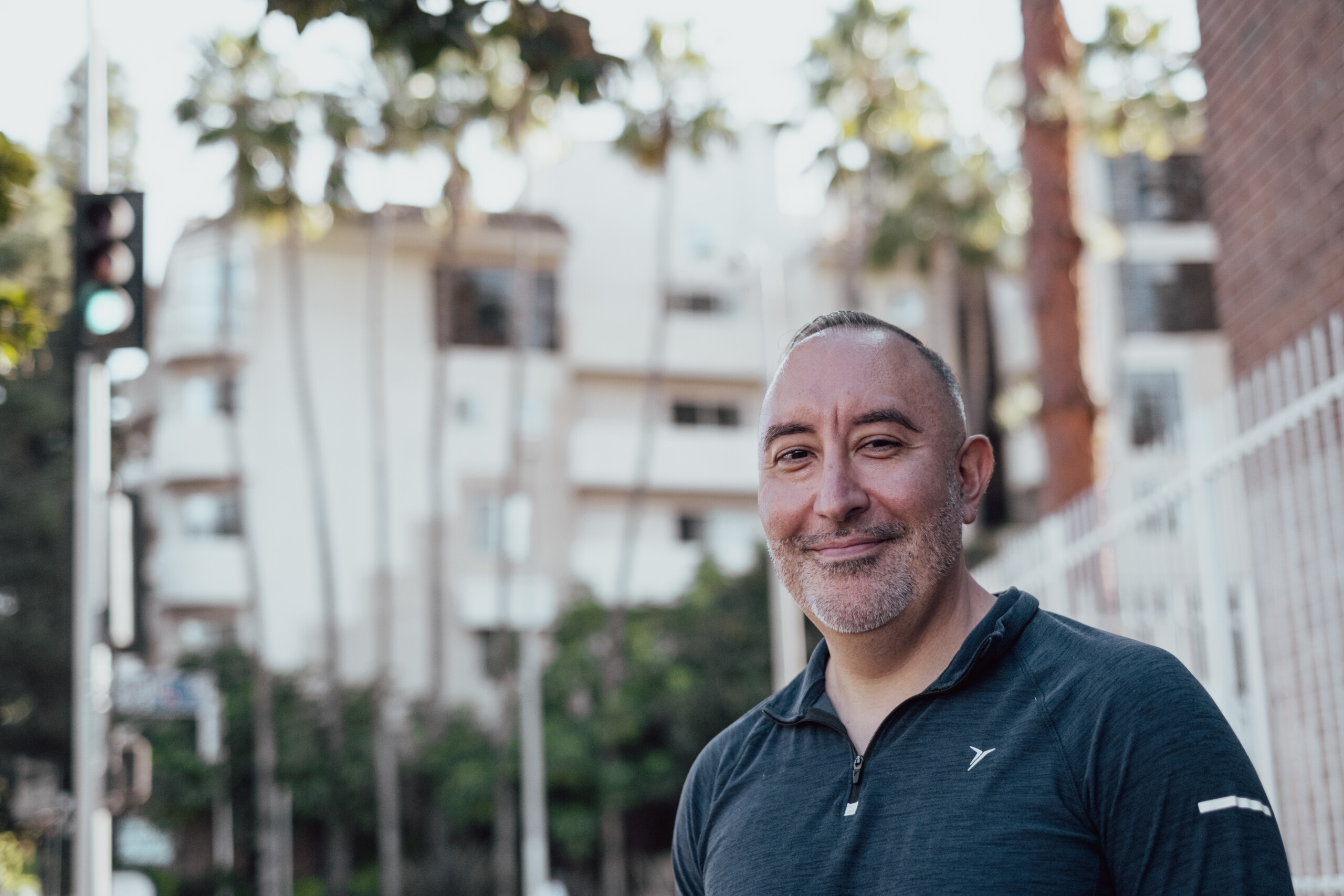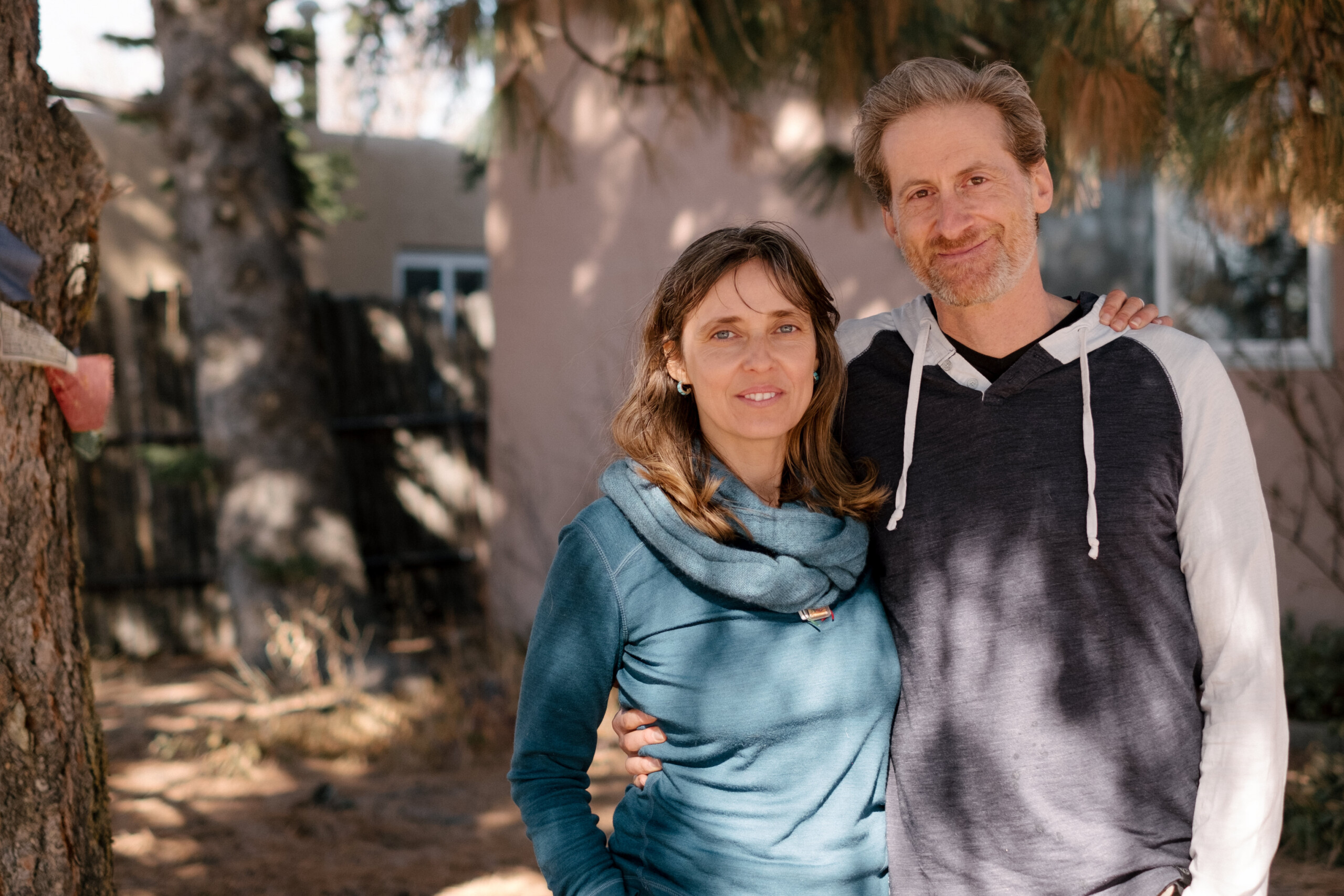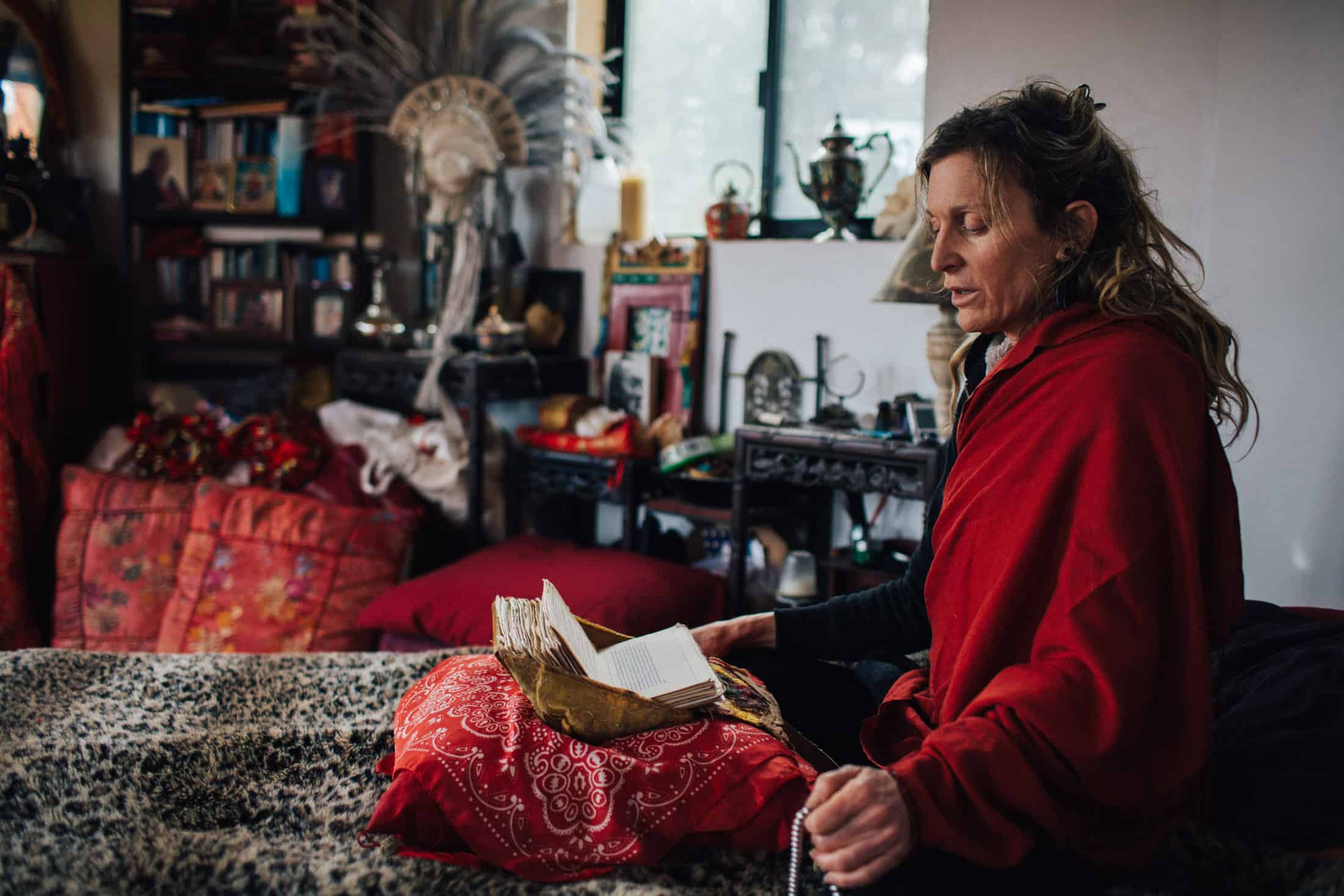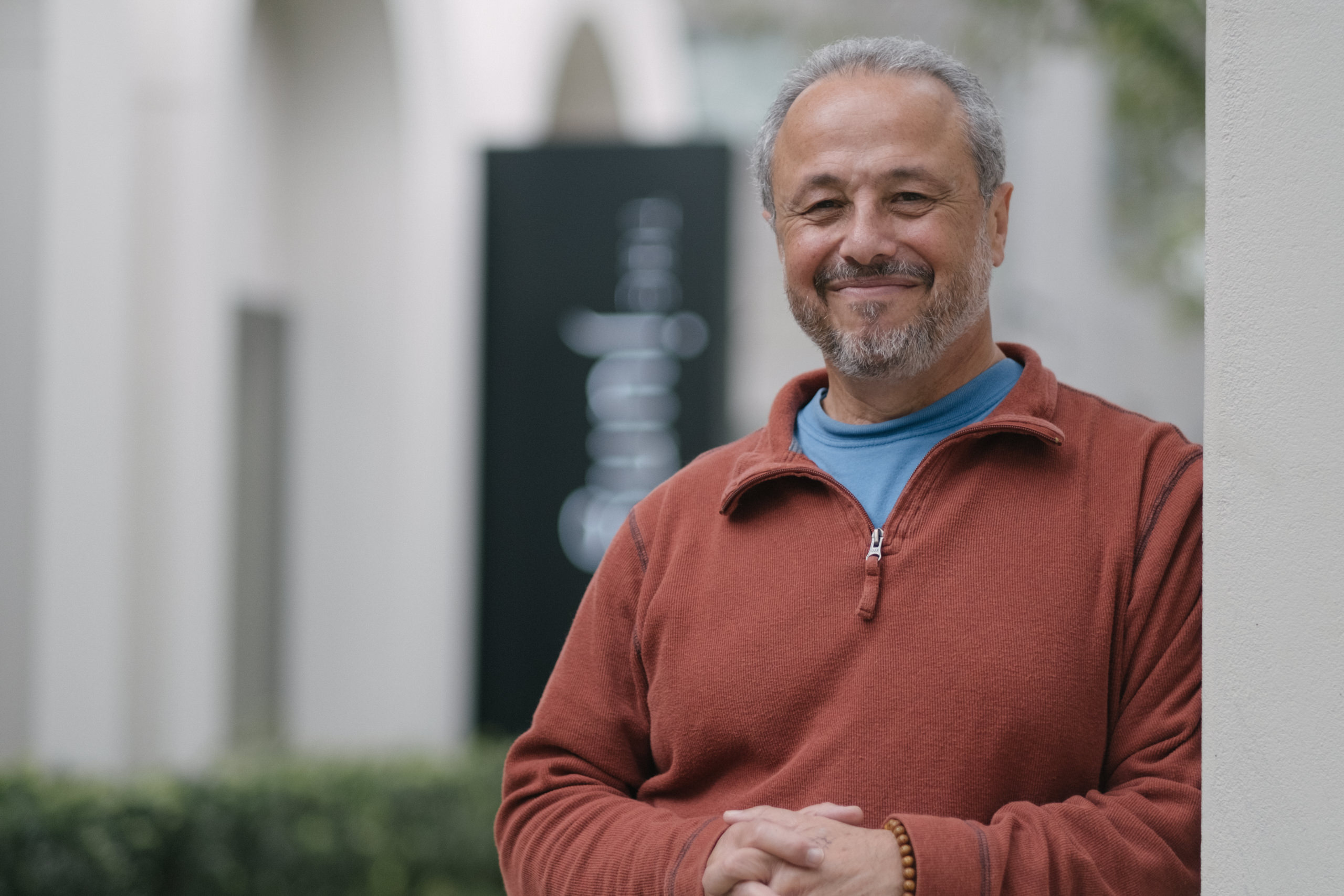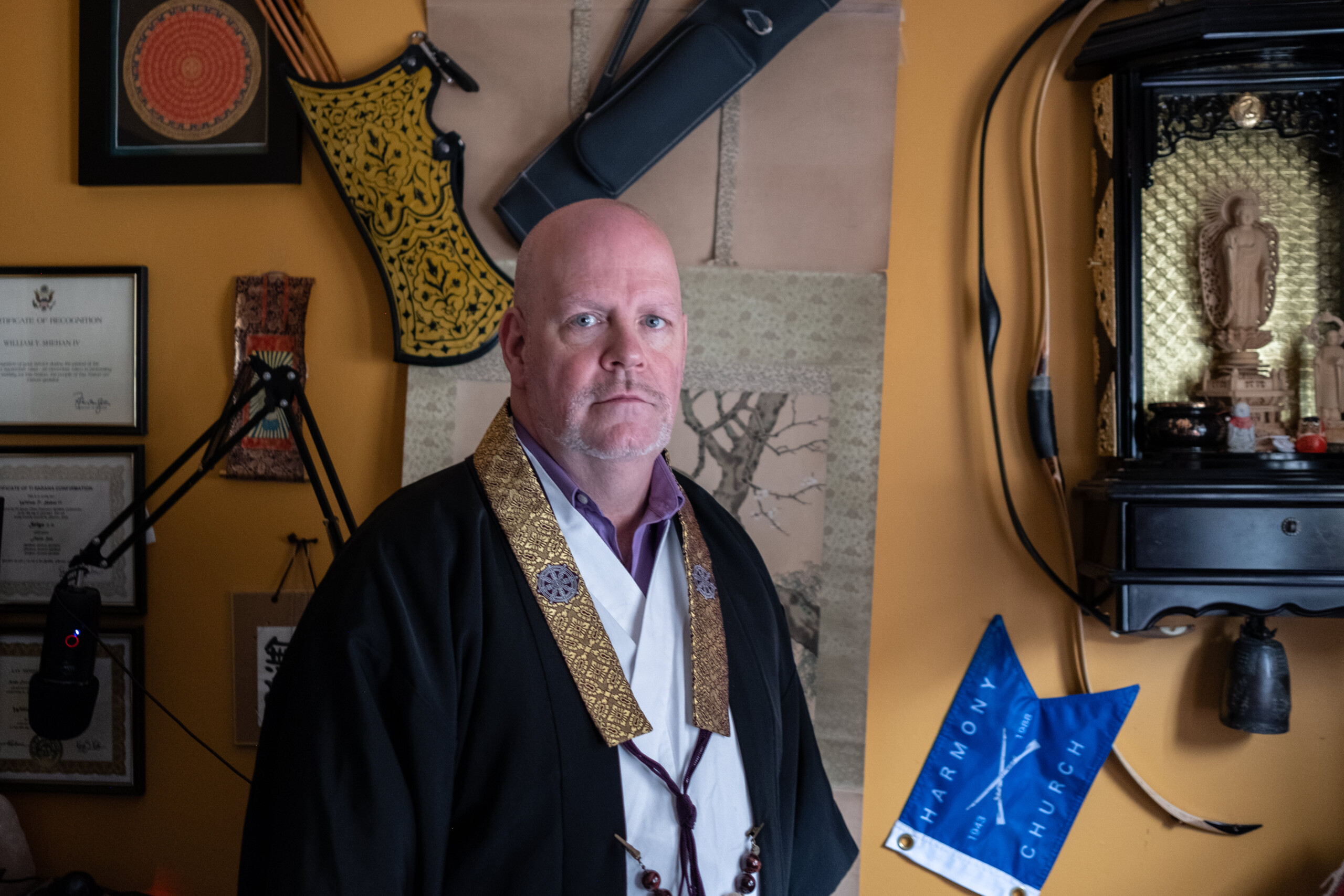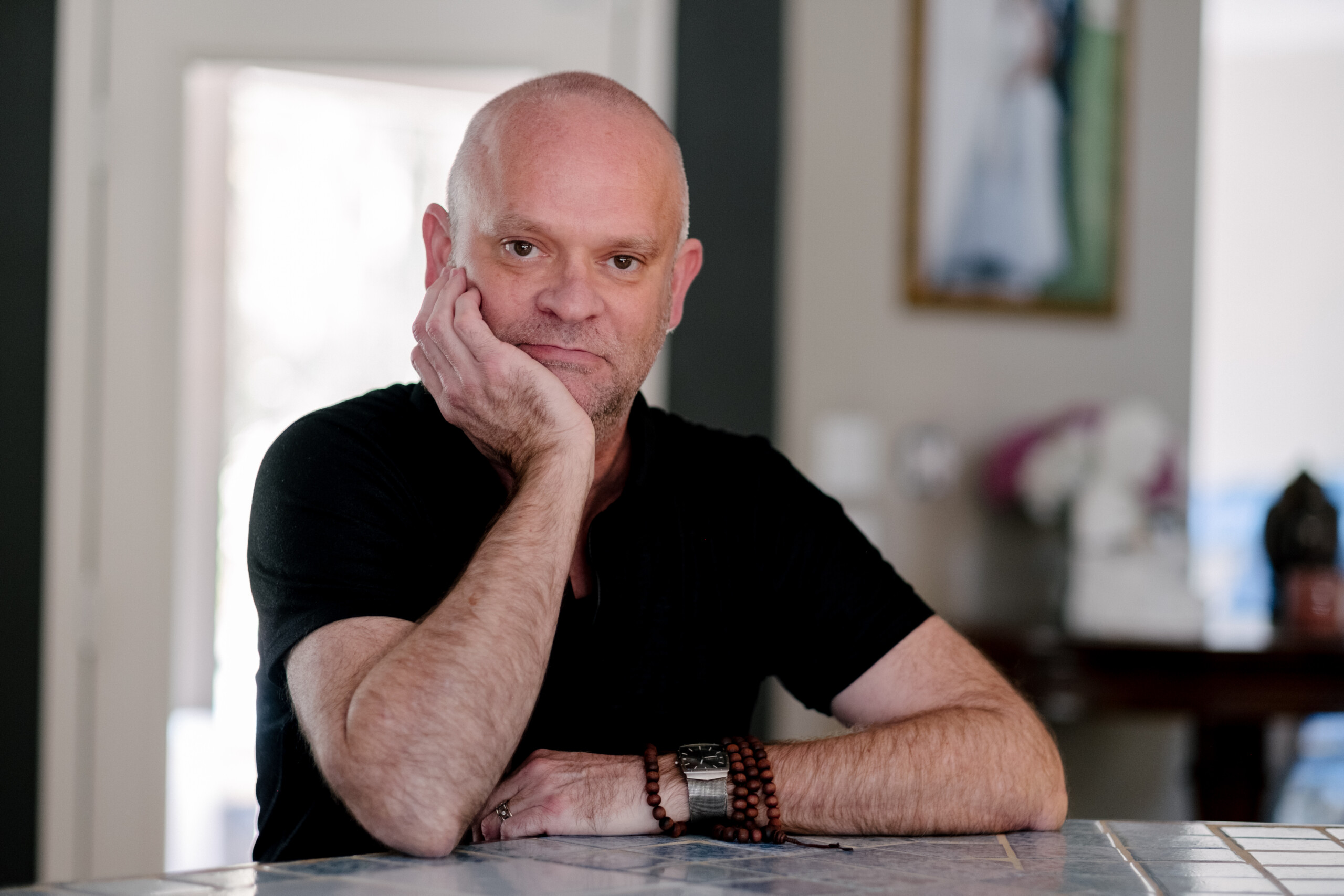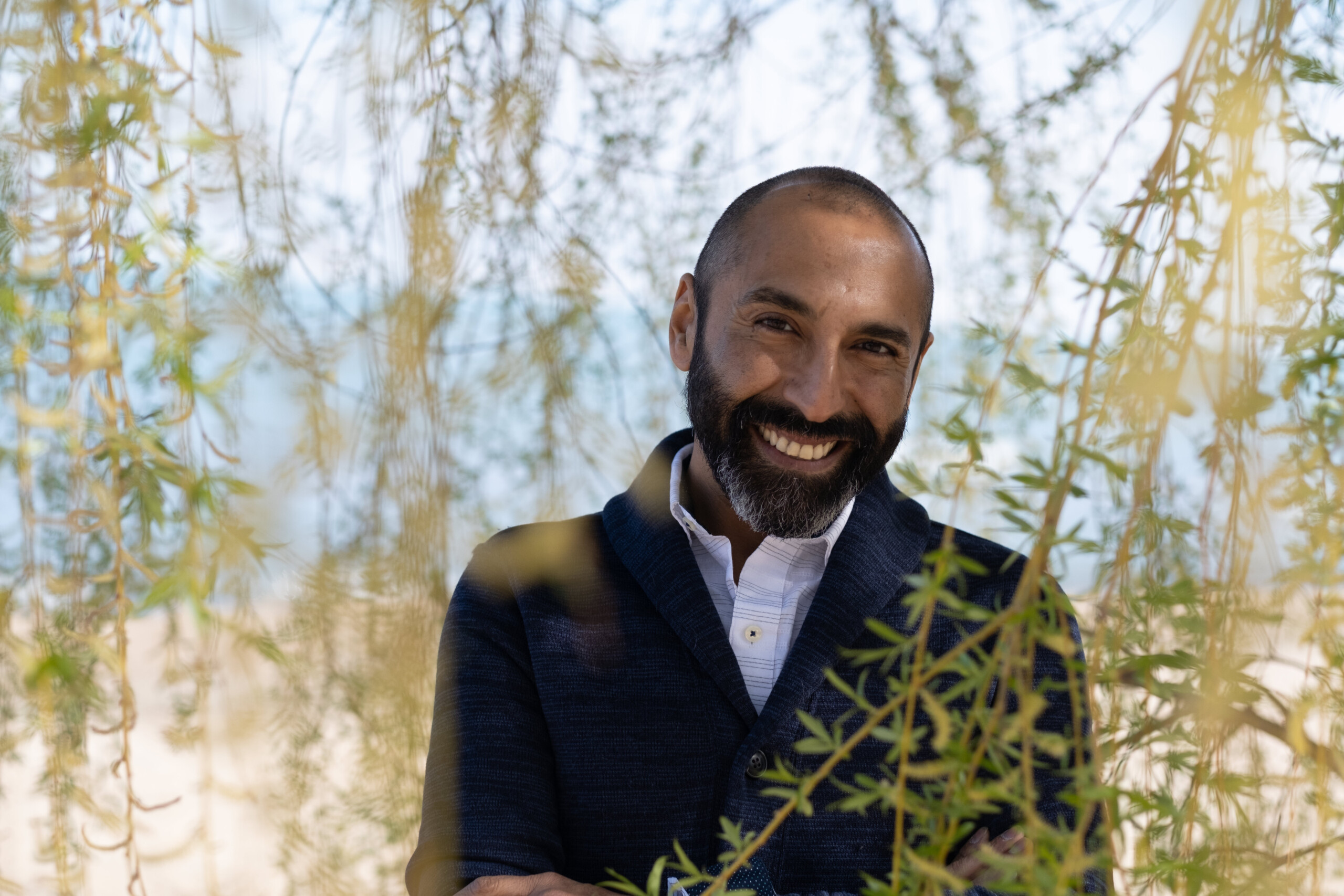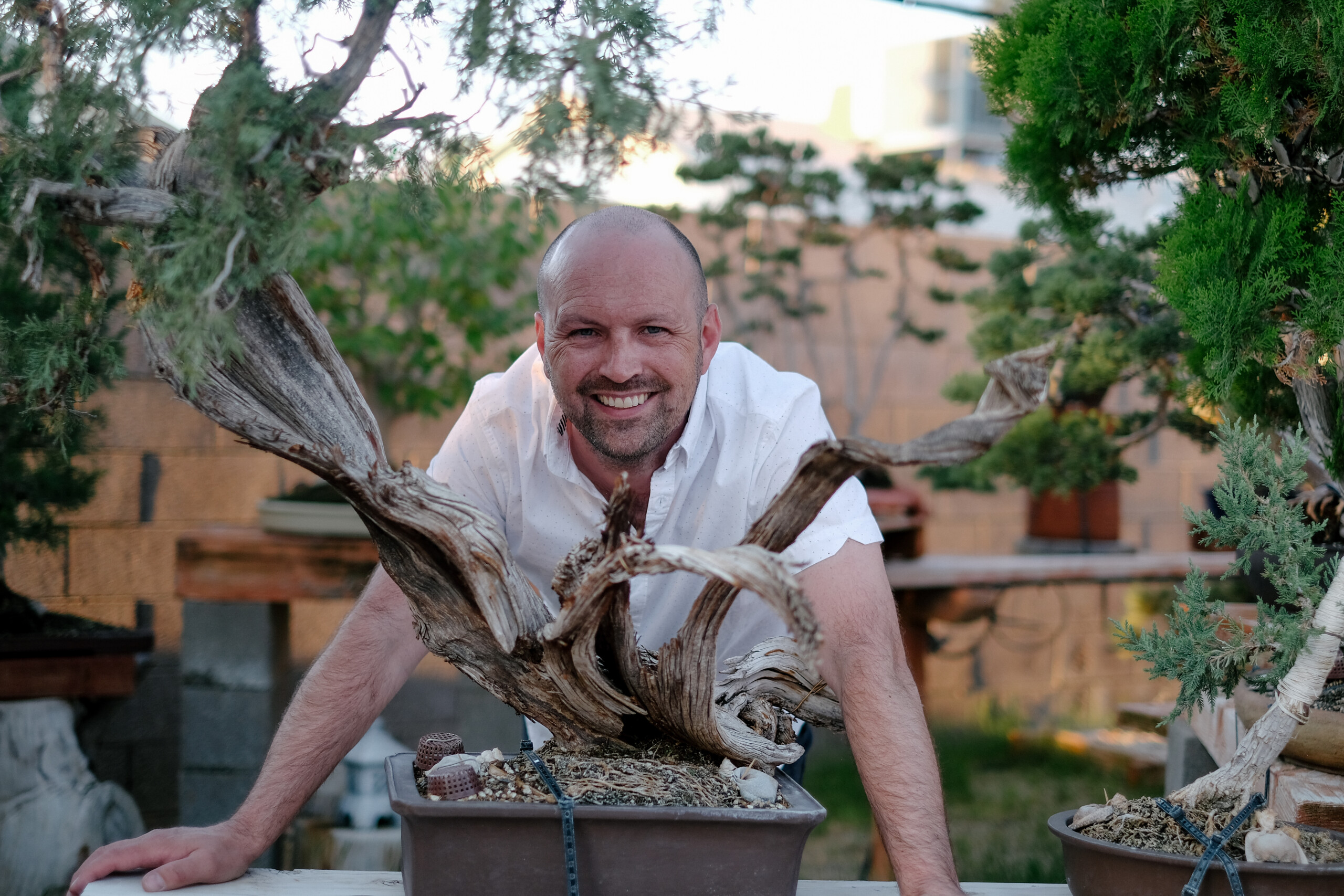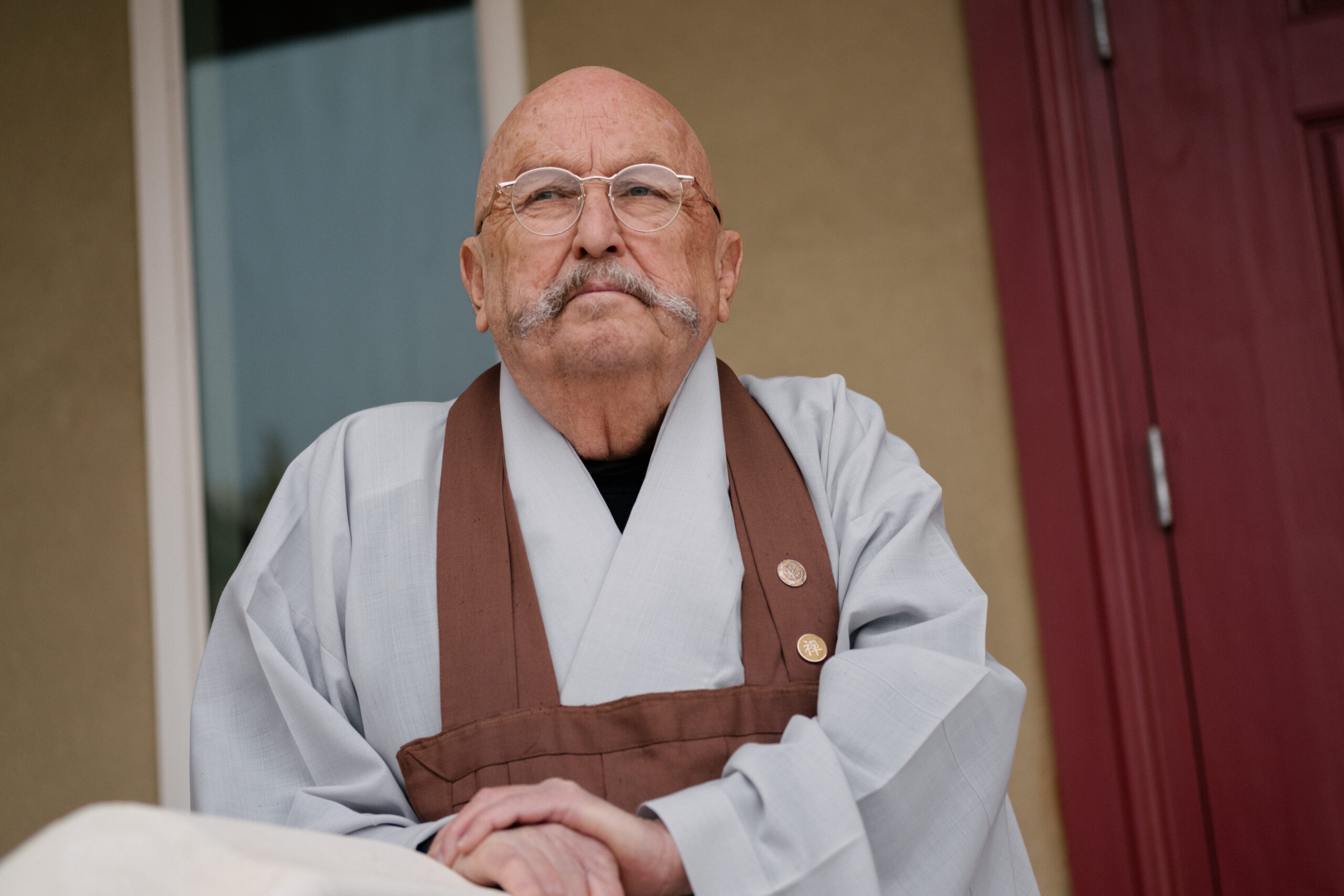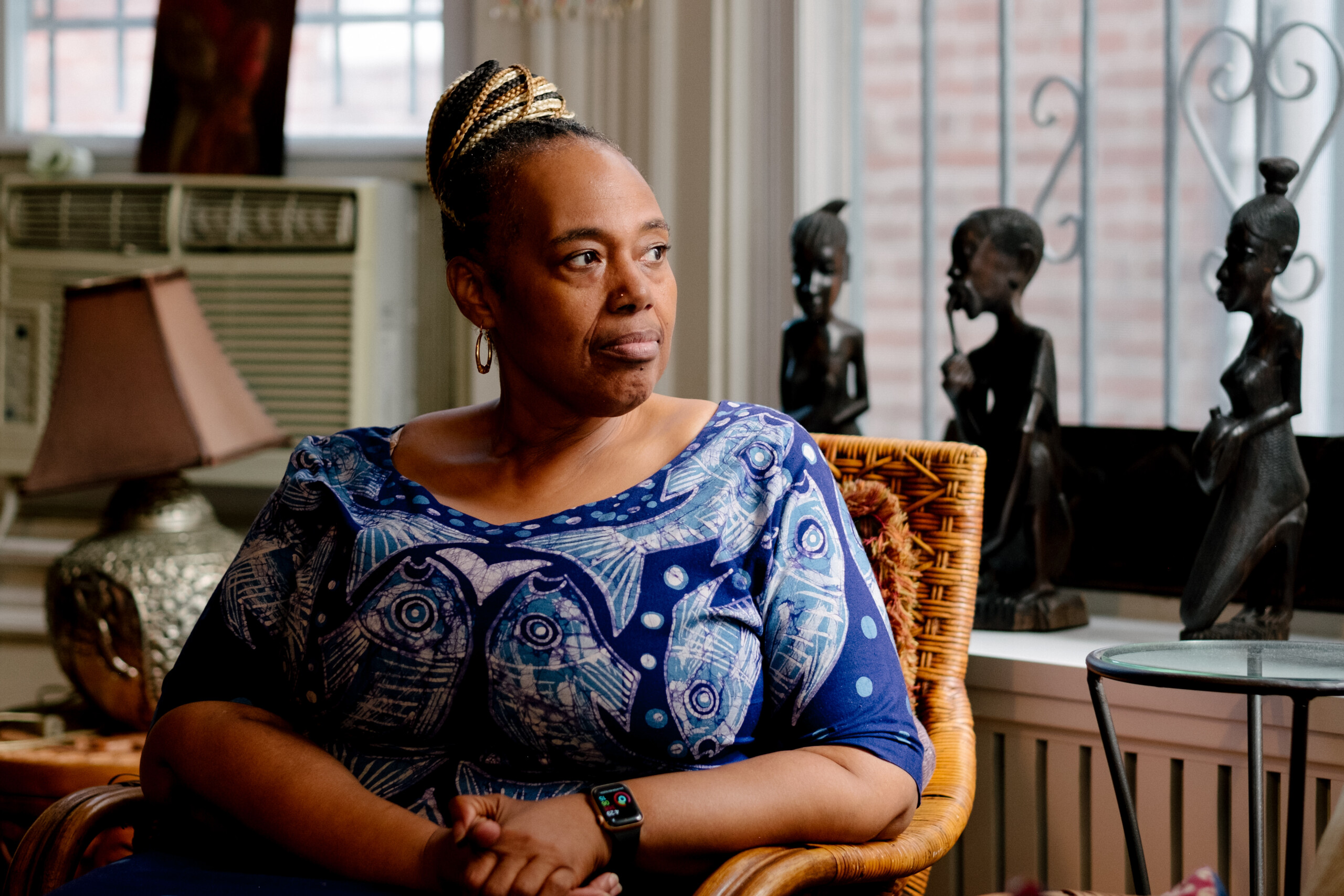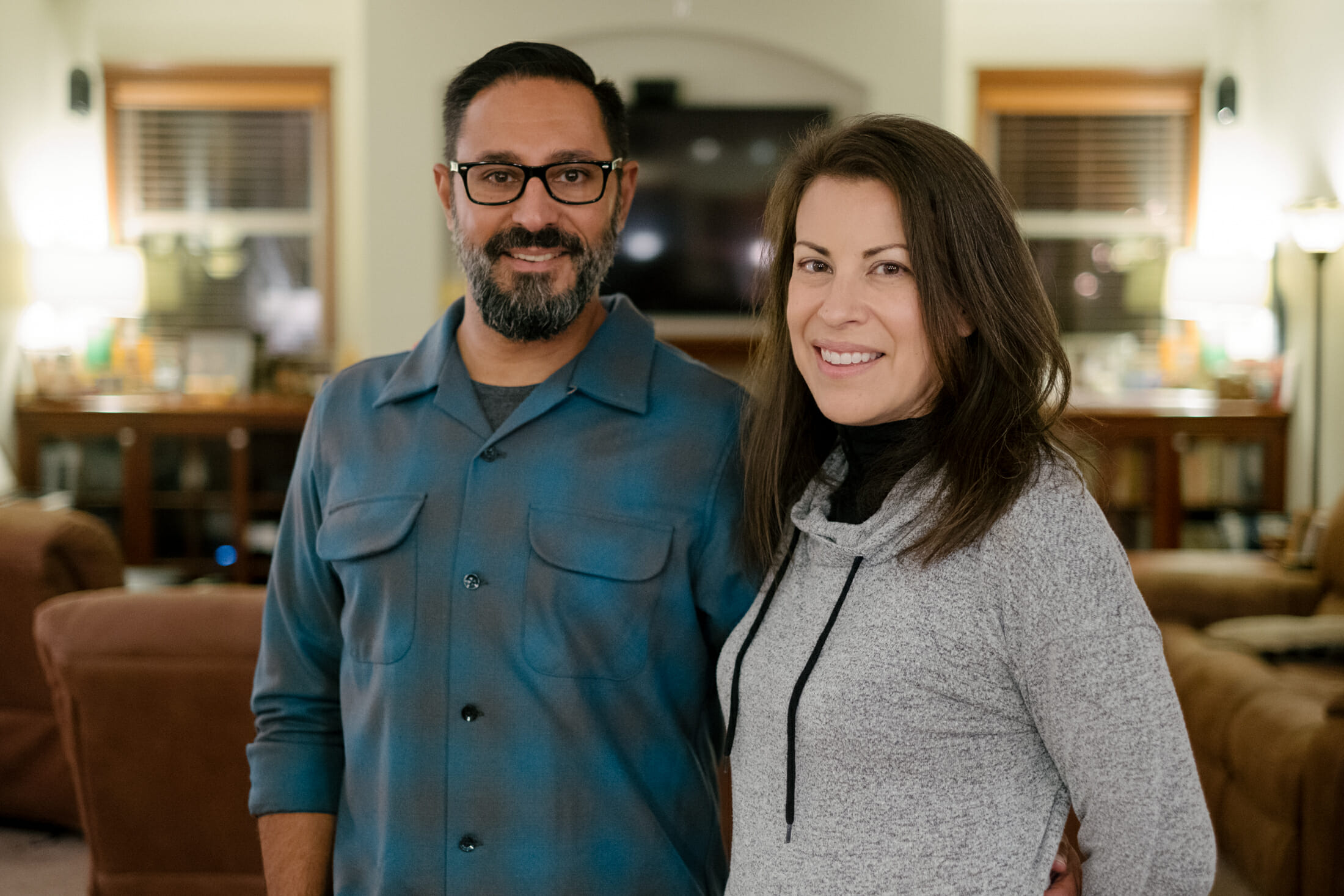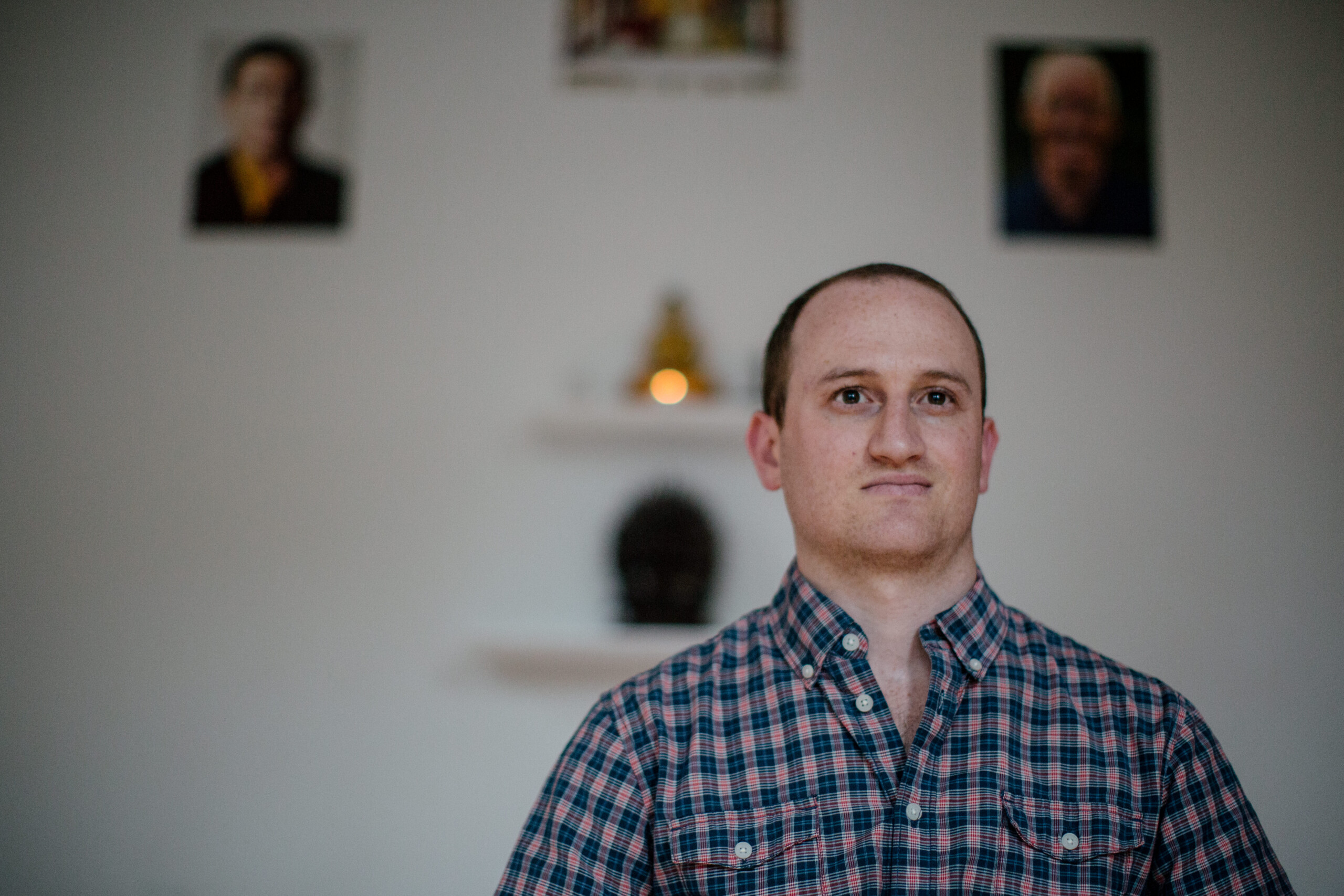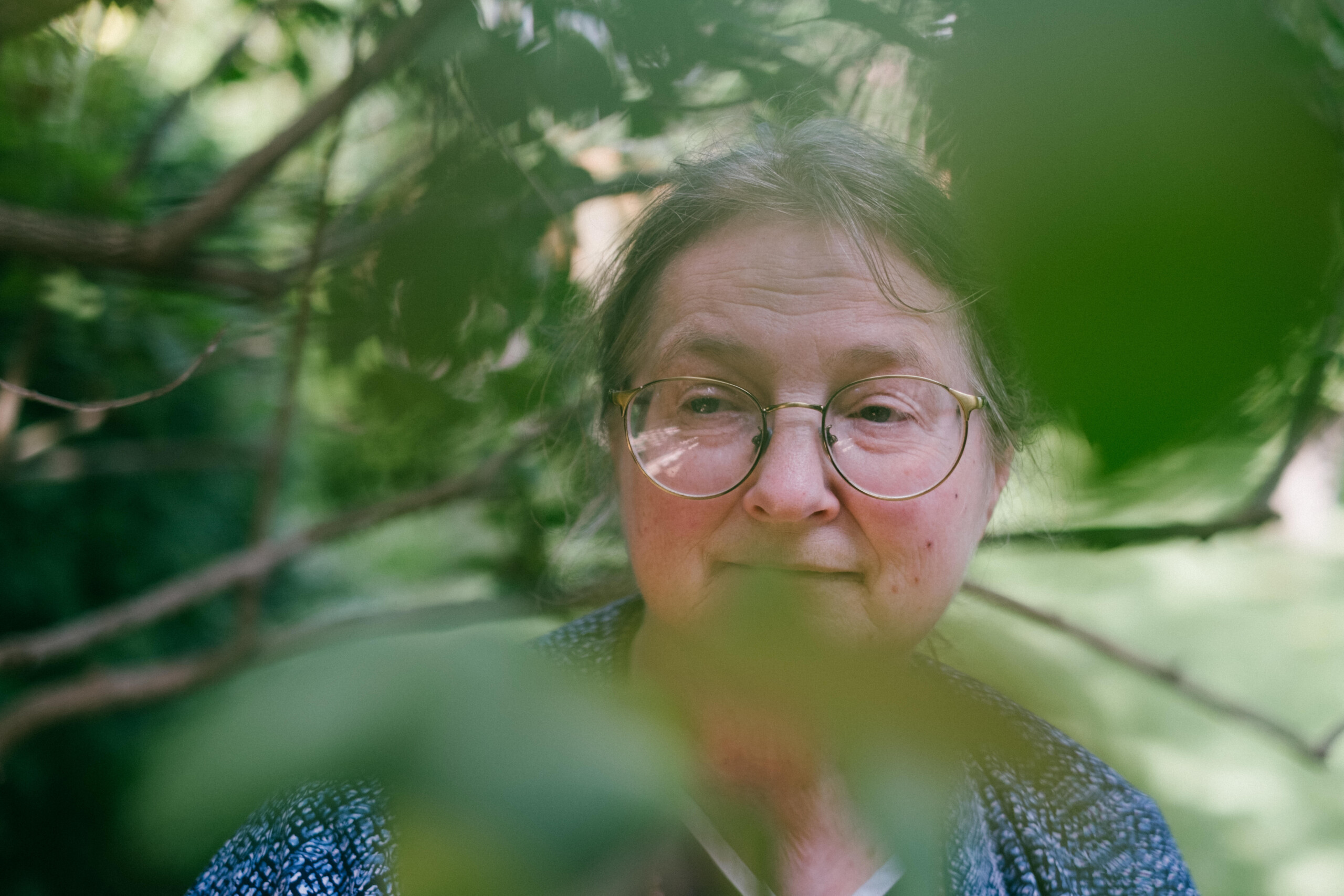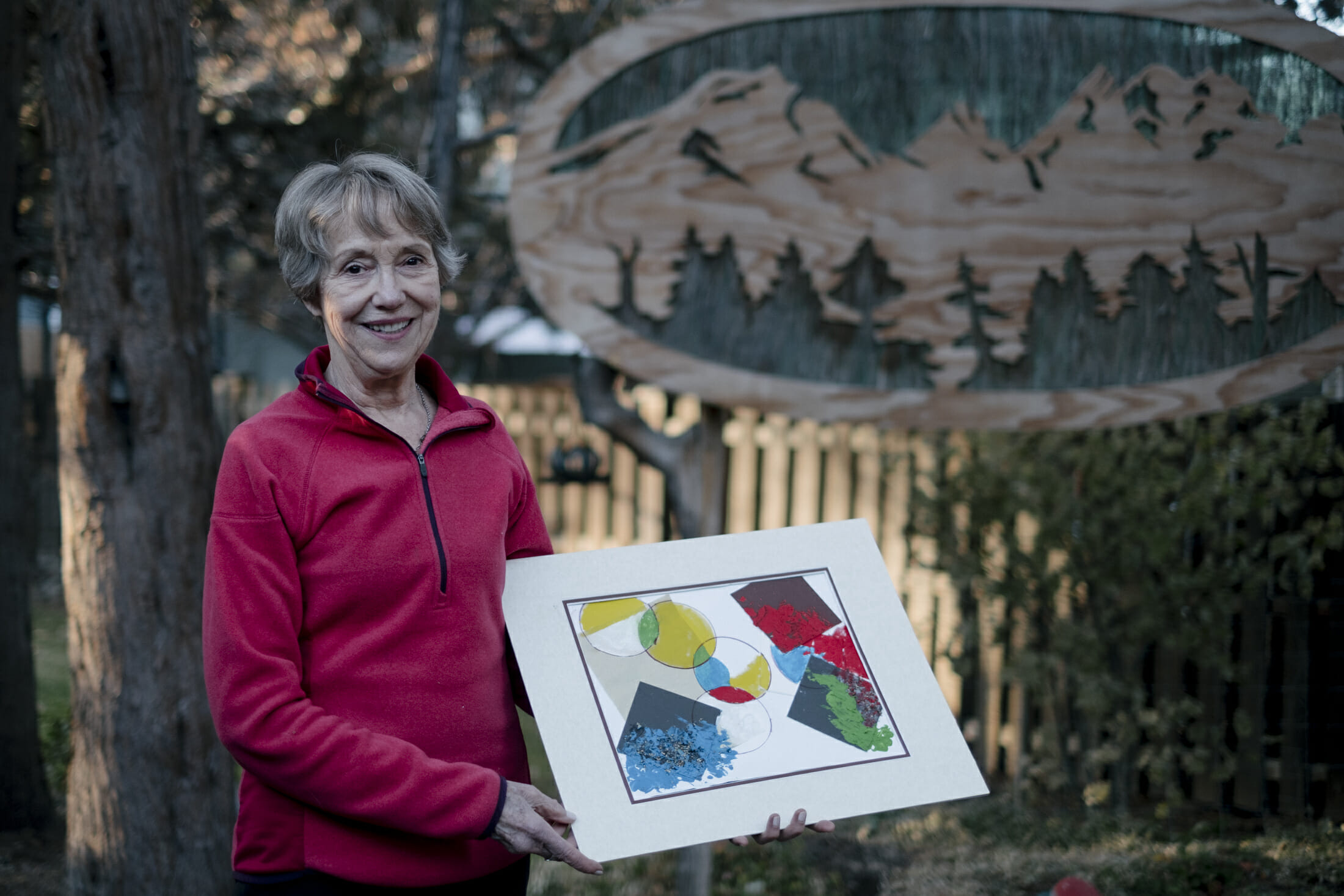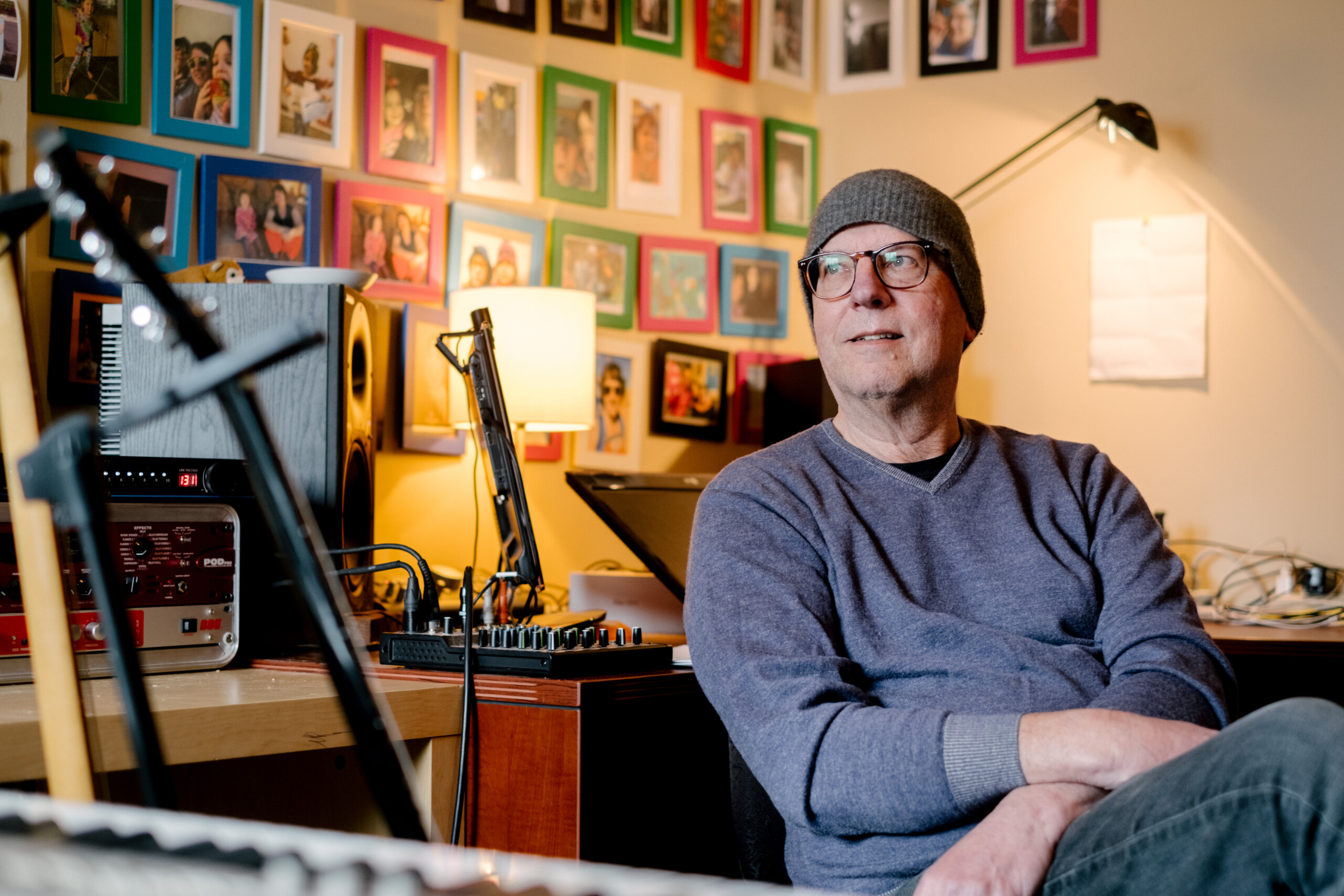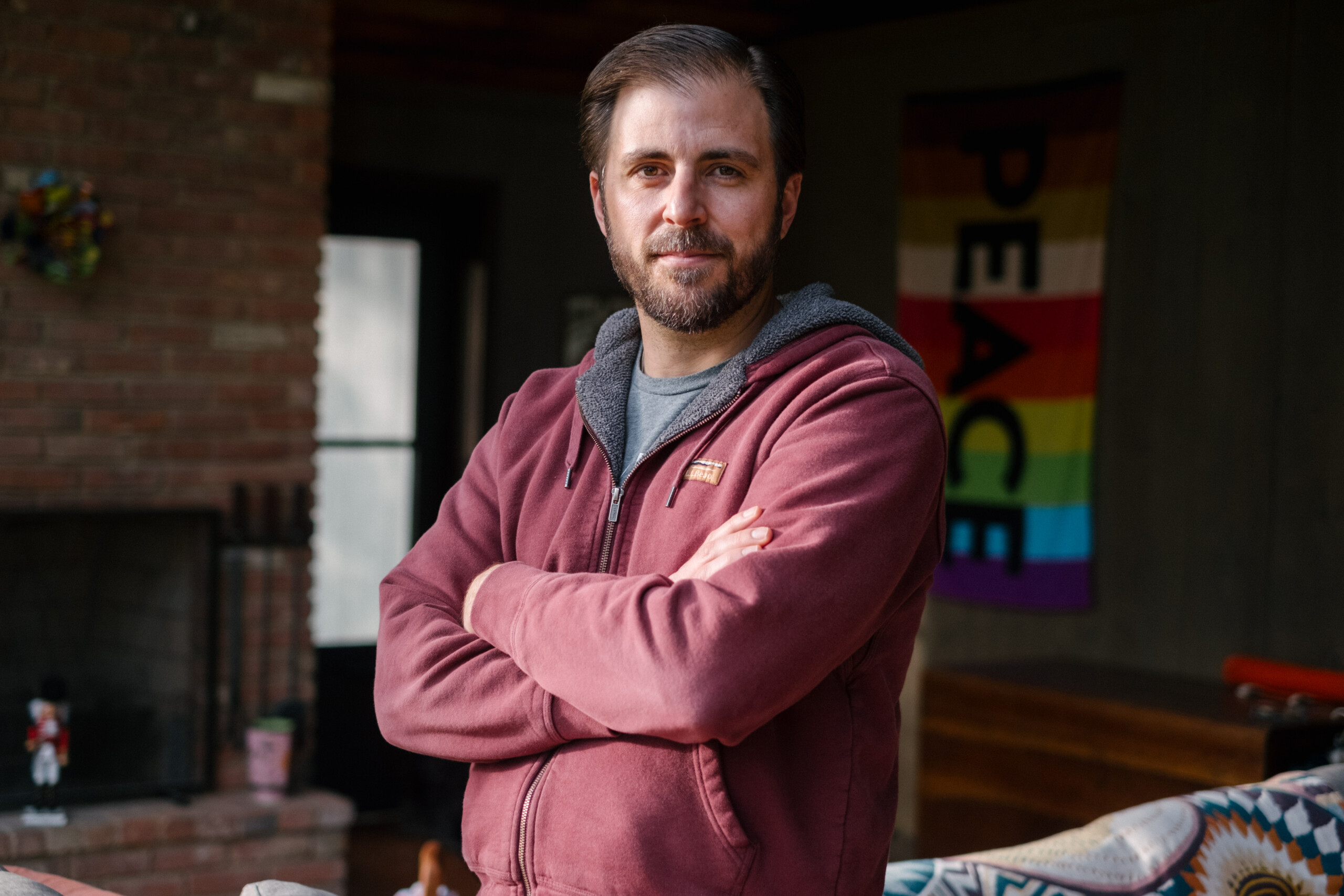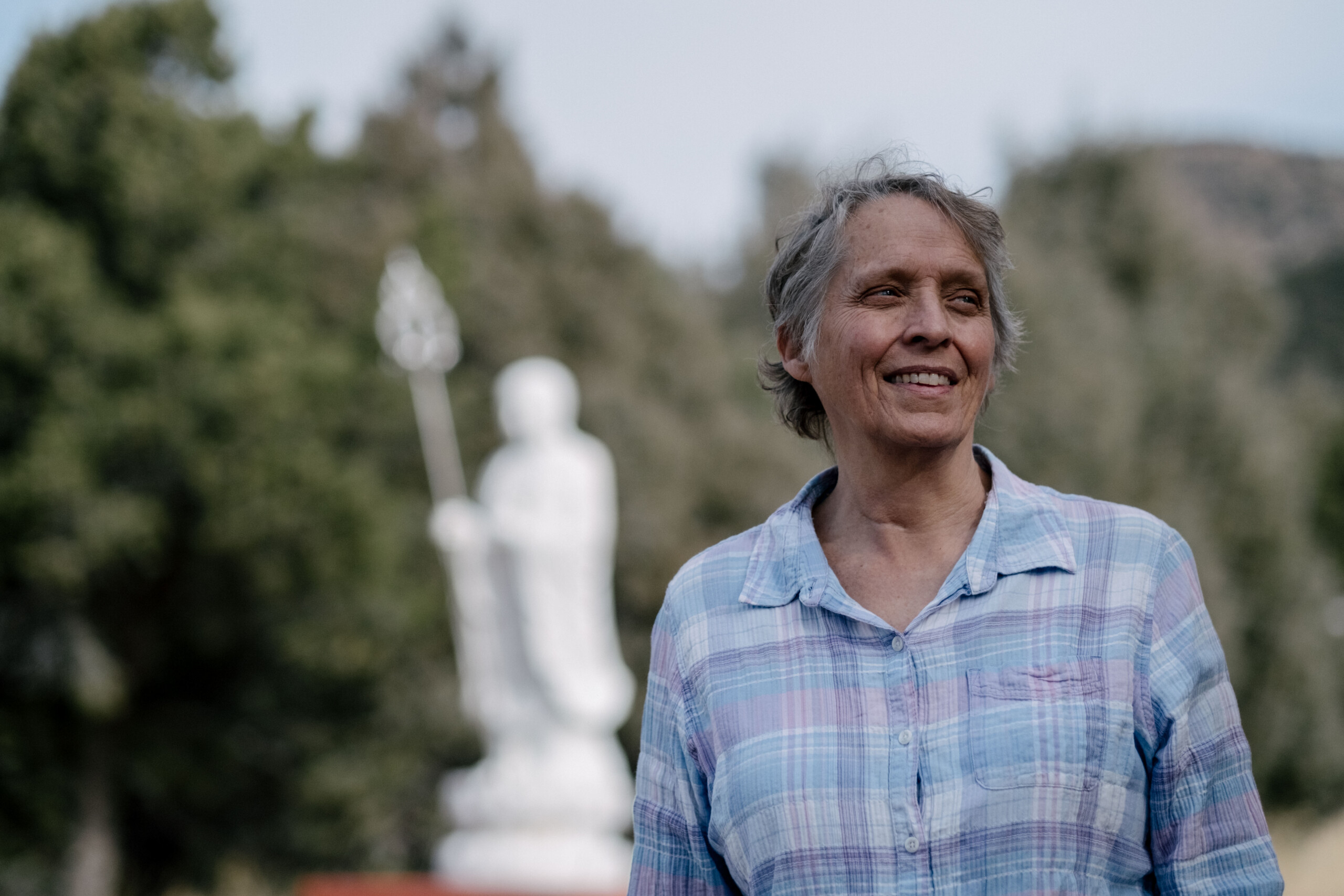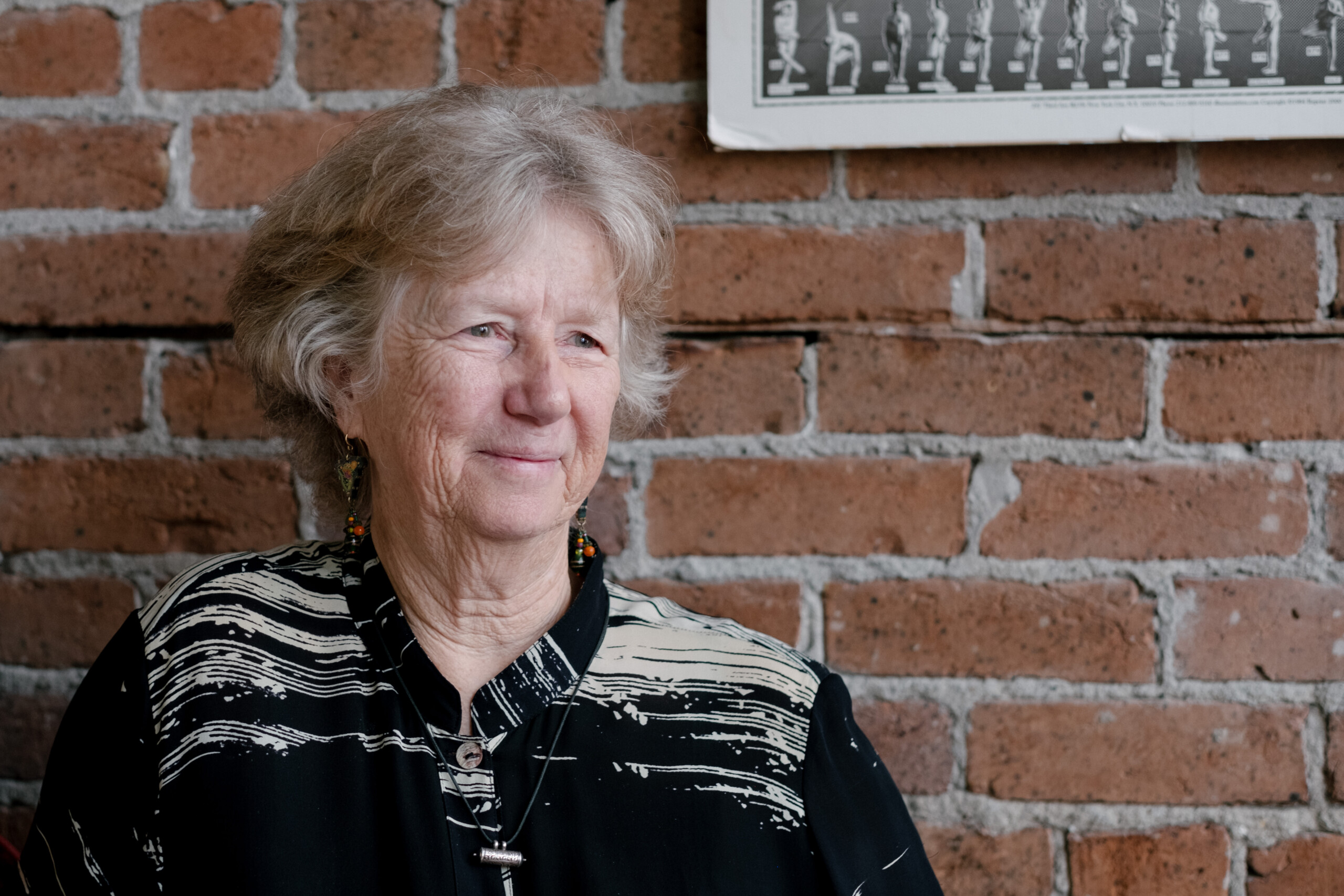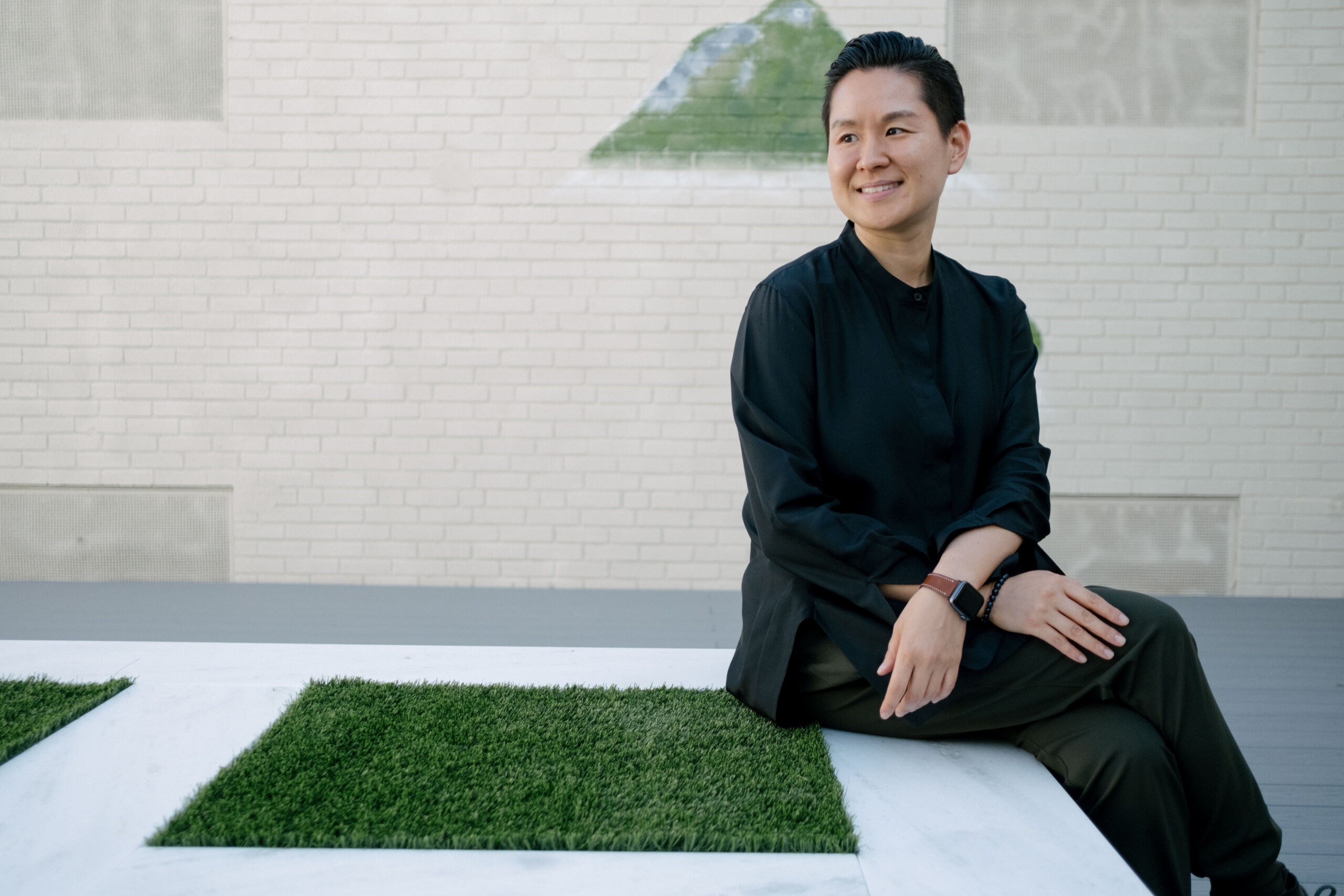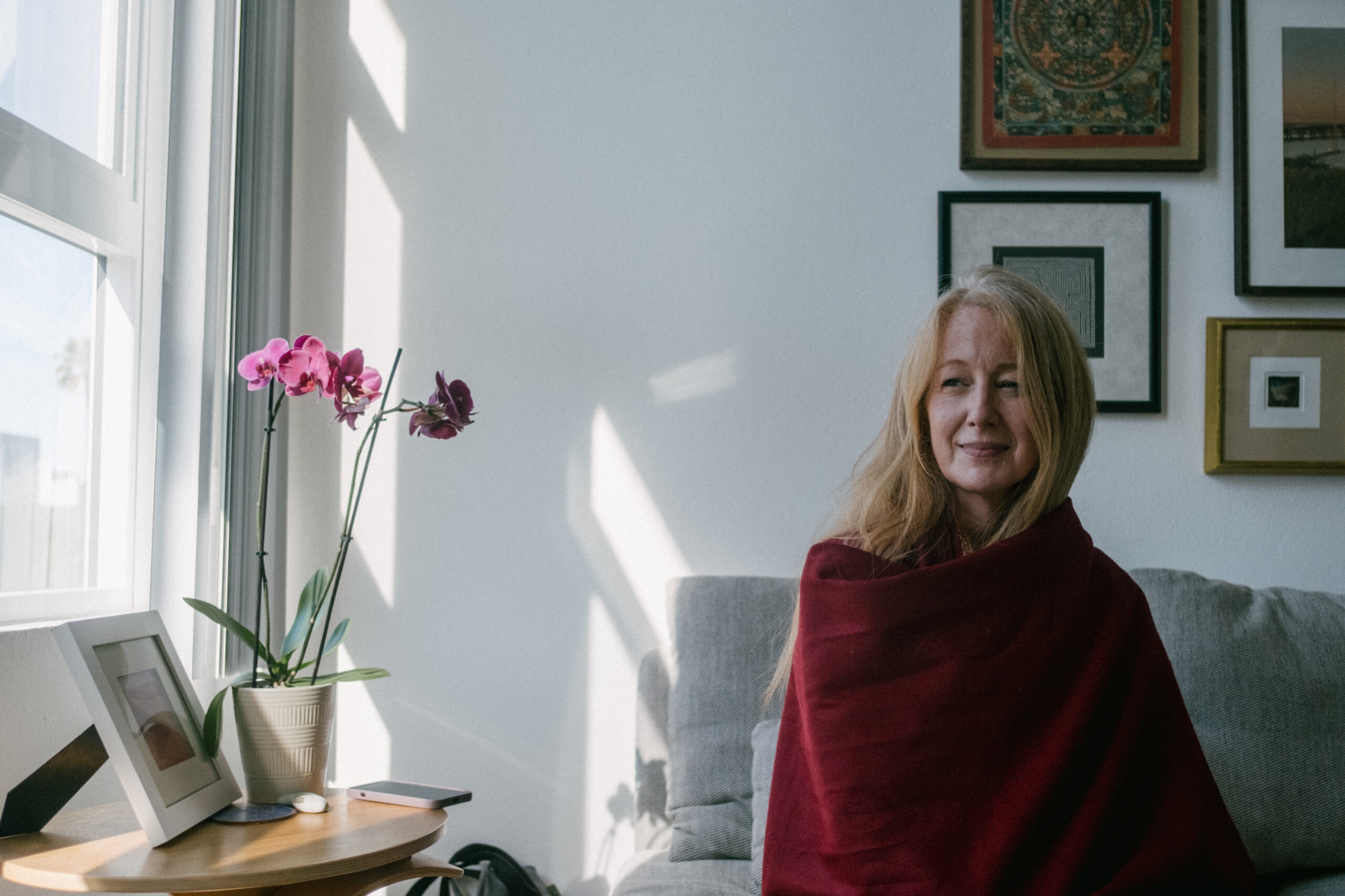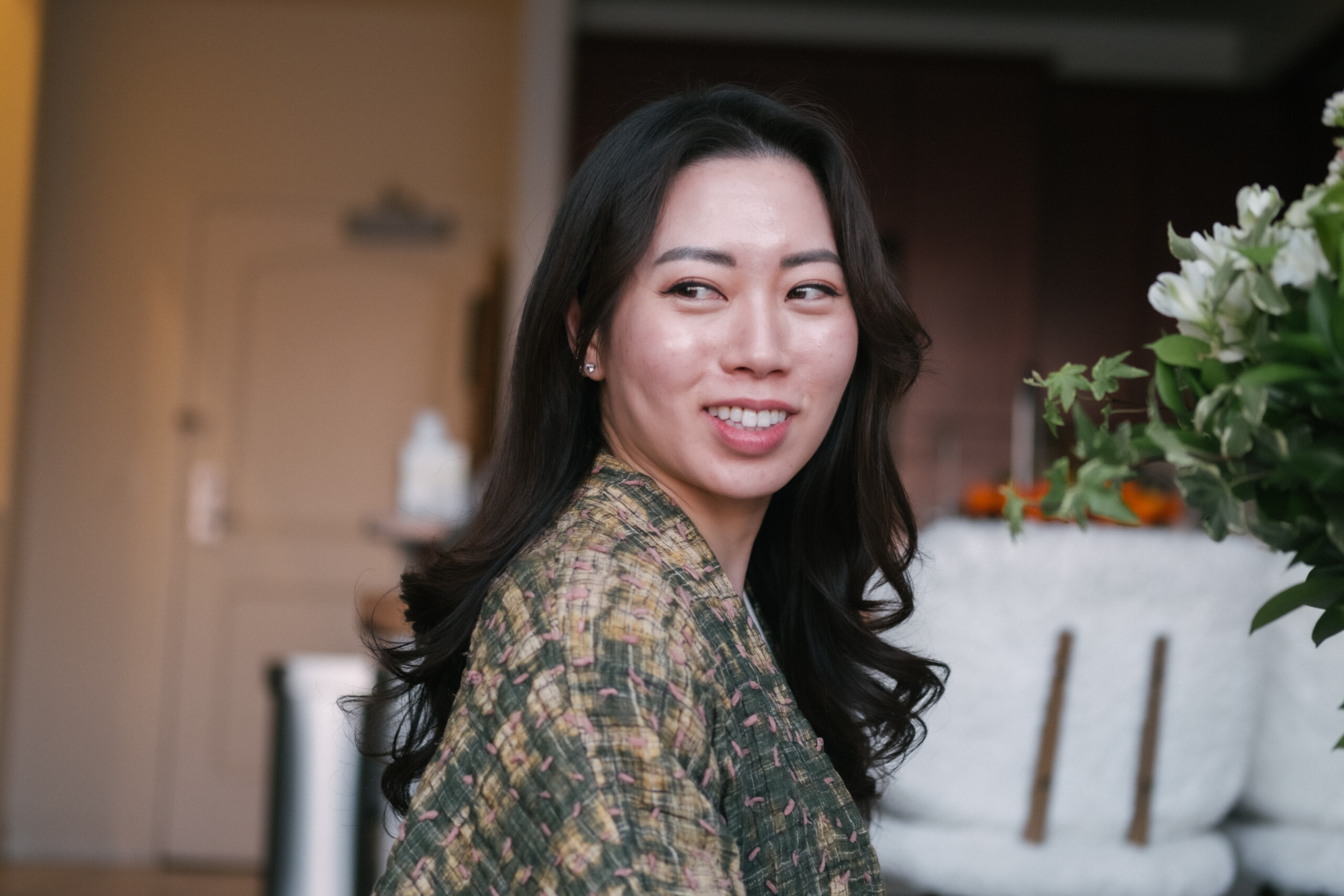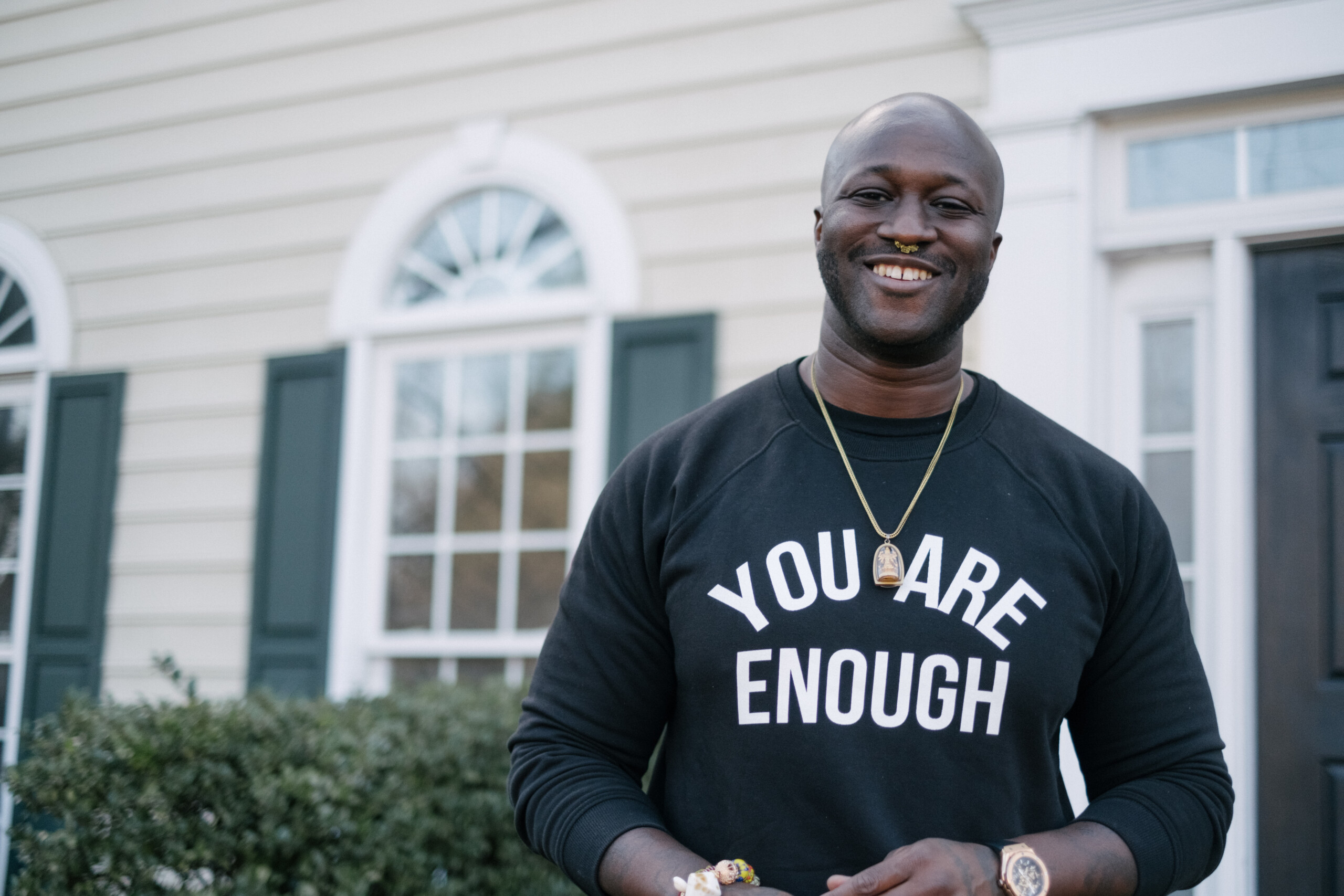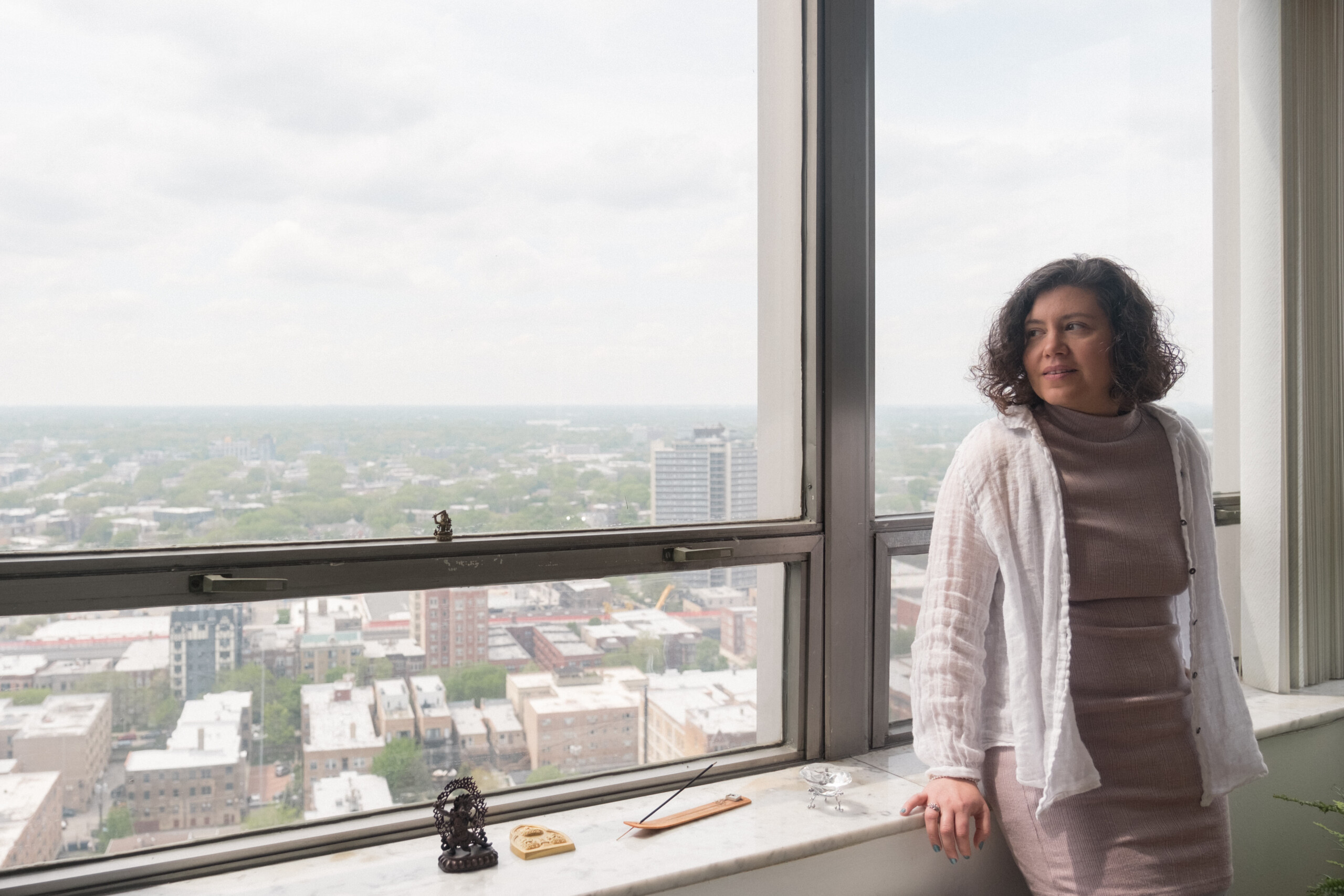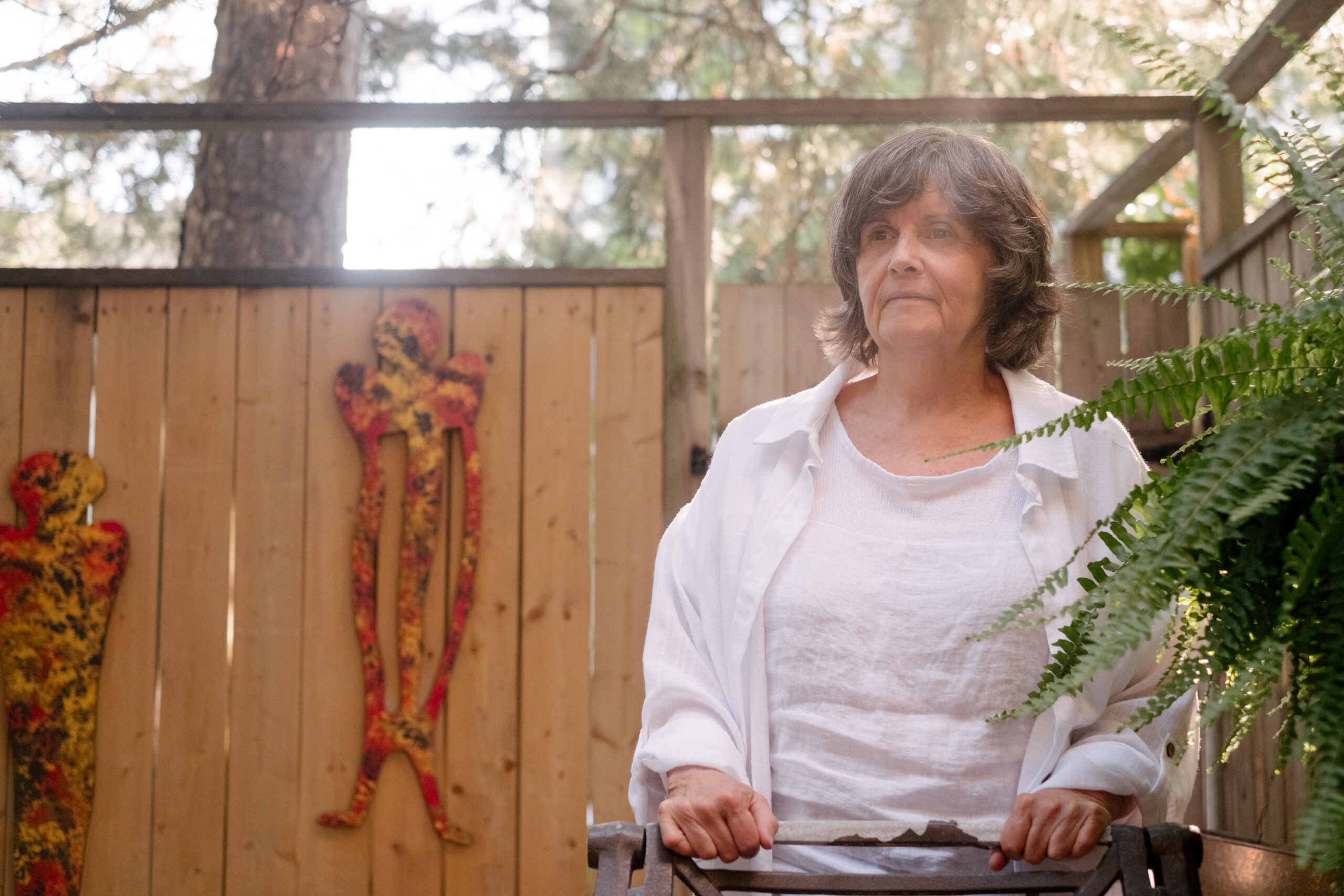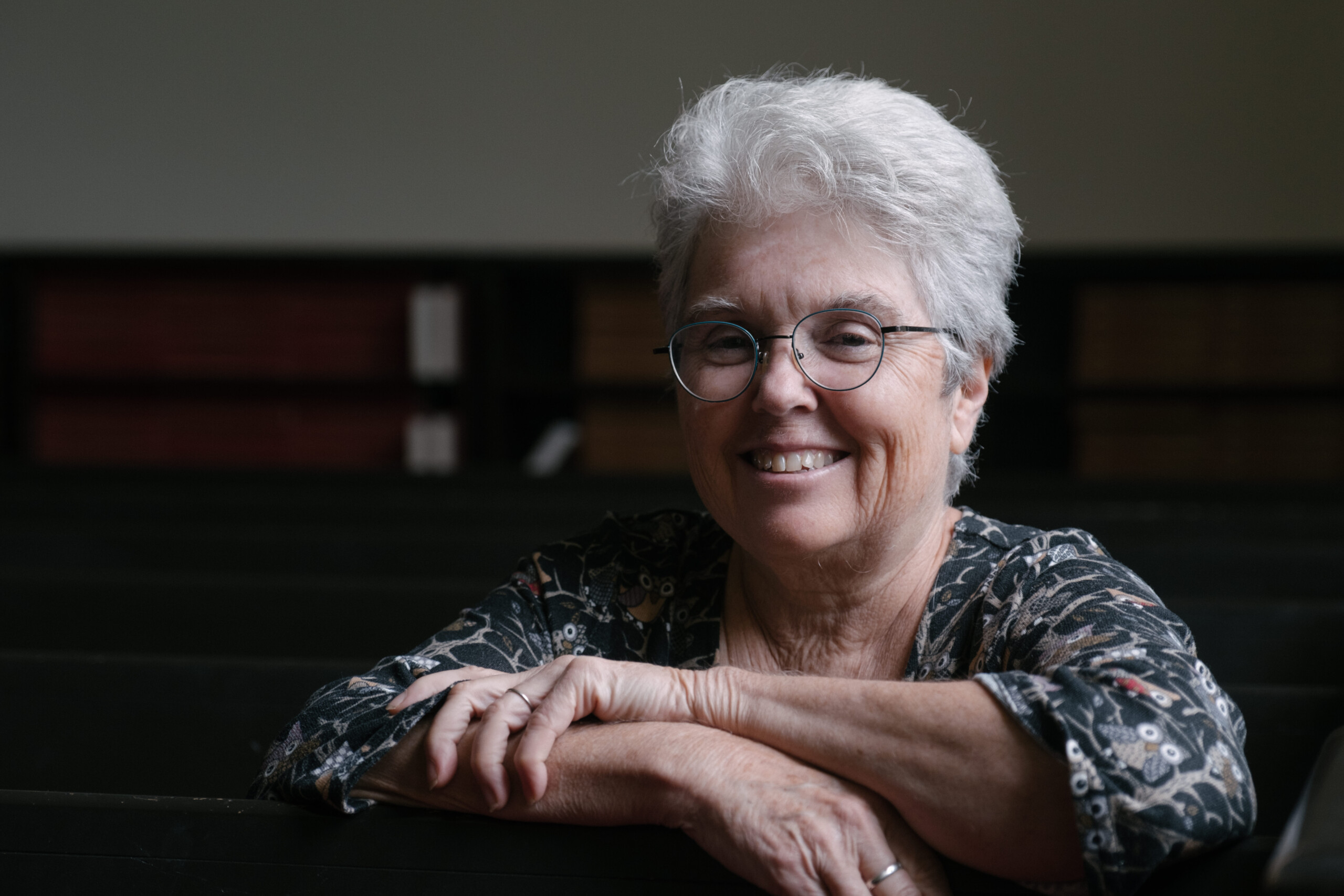Biography
I started my Zen practice in 1975, got ordained in 1980, and trained in Japan briefly from the fall of 1981 to February of 1982, so I had one training season there. I continued my training thereafter for more than twenty years with my ordination teacher here in Seattle, and then I had a kind of finishing school with Eido Shimano Roshi. During the course of those years, I became a leader of the local Zen community but realized that I was ill-prepared to handle some of the questions that were coming to me as a priest about the spiritual journey, psychological issues, and family of origin issues.
In my role as a Zen priest and a leader, I didn’t feel that meditation alone prepared me adequately for those kinds of questions. Since I am also a Quaker, I got my Quaker Meeting to sponsor me to attend a two-year spiritual direction program here in Seattle that concluded in 1989. At that time, it was associated with the Vancouver School of Theology up in British Columbia. That program prepared me for the kinds of questions that I was getting about the spiritual journey in a broader context than I was getting just from Zen. For instance, we read a lot about the Christian Mystics, whom I had already been somewhat familiar with, which allowed me to interlace with Zen mysticism and spirituality. And that became part of the program of a section that I later began teaching.
Background
Genjo’s journey began in a family disconnected from religious traditions, shaped by a scientific worldview. Intrigued by the origins of inspiration and insight, he embarked on a spiritual quest during college. A transformative encounter with an English teacher, Jim Chambers, introduced him to the classical humanistic tradition, prompting profound questions about the sources of creativity and wisdom.
Initially drawn to science, Genjo’s quest led him to Buddhism, which offered a harmonious blend of spiritual practice and scientific inquiry. Engaging with a Vinaya teacher at UCLA’s College of Oriental Studies, he discovered the fusion of social activism and spirituality through a Zen priest who had evolved from a Christian missionary to a Vietnam War protester.
Amidst encounters with colorful characters, including the humorous Zen priest Swami X, Genjo found resonance in Zen’s mysterious nature. The allure of a practice that both challenged and teased the intellect through Zen’s enigmatic koans captivated him. With guidance from a Zen priest named Dizaine Victoria, Genjo embraced meditation, overcoming initial challenges like sitting cross-legged.
His commitment to a daily meditation practice since 1975 reflects the profound impact of that early experience. A moment of heightened awareness during meditation, where he felt intimately connected to his surroundings, marked a pivotal turning point, reinforcing his dedication to the spiritual path. Thus, Genjo’s journey unfolded, blending science, spirituality, and the quest for insight in a rich tapestry of self-discovery.
Advice
Genjo’s journey began in a family disconnected from religious traditions, shaped by a scientific worldview. Intrigued by the origins of inspiration and insight, he embarked on a spiritual quest during college. A transformative encounter with an English teacher, Jim Chambers, introduced him to the classical humanistic tradition, prompting profound questions about the sources of creativity and wisdom.
Initially drawn to science, Genjo’s quest led him to Buddhism, which offered a harmonious blend of spiritual practice and scientific inquiry. Engaging with a Vinaya teacher at UCLA’s College of Oriental Studies, he discovered the fusion of social activism and spirituality through a Zen priest who had evolved from a Christian missionary to a Vietnam War protester.
Amidst encounters with colorful characters, including the humorous Zen priest Swami X, Genjo found resonance in Zen’s mysterious nature. The allure of a practice that both challenged and teased the intellect through Zen’s enigmatic koans captivated him. With guidance from a Zen priest named Dizaine Victoria, Genjo embraced meditation, overcoming initial challenges like sitting cross-legged.
His commitment to a daily meditation practice since 1975 reflects the profound impact of that early experience. A moment of heightened awareness during meditation, where he felt intimately connected to his surroundings, marked a pivotal turning point, reinforcing his dedication to the spiritual path. Thus, Genjo’s journey unfolded, blending science, spirituality, and the quest for insight in a rich tapestry of self-discovery.
Experiences
In the summer of 1977, Genjo attended his first Zen retreat, an experience that initially overwhelmed him. The physical challenge of sitting for extended hours on the floor made him contemplate leaving, fearing he might not endure the intensity. However, he decided to stay, recognizing a commitment to Zen practice. On the third day, he had a breakthrough that solidified his dedication to a lifetime of Zen practice.
Reflecting on the breakthrough, Genjo expressed a mix of anticipation and trepidation about when the next transformative moment would occur. He acknowledged that such experiences can unfold gradually or suddenly through consistent practice. Regardless of the approach, the outcome is a profound and saturating realization. Emphasizing the impermanence of these experiences, Genjo cautioned against attachment, urging practitioners not to cling to or live within them.
Genjo likened the transformative experience to being soaked, emphasizing that the key lies in not clinging to it. He encouraged living life differently after such revelations, viewing the experience as a means to foster wisdom, openness, and compassion. Committed to the practice himself, Genjo continues to attend week-long retreats, believing that the refreshing and restorative nature of such experiences helps individuals break free from narrow perspectives, fostering greater wisdom and compassion towards themselves and the world. With this commitment, he seeks to offer the practice to others, recognizing its value in promoting positive transformation.
Immersion
Genjo describes the unique composition of the residential practice center, where participants engage in morning and evening meditation, weekly retreats, and communal activities. The center accommodates residents, with a requirement to attend at least one daily meditation session for those pursuing ordination. Genjo himself commits to five sessions annually, emphasizing a practical application of the teachings.
Residents, whether ordained or not, maintain individual apartments and personal lives while sharing meals and activities. The center’s experimental approach bridges the gap between ordination and lay life, providing a more intense practice than occasional meditation but less rigorous than traditional monastic life. This approach aims to serve both individuals and the broader community.
The center fosters a community ethos, engaging in charitable initiatives like preparing meals for the homeless and serving as an emergency hub. Genjo emphasizes that the center isn’t structured like a curriculum, allowing individuals to decide the duration of their commitment, with a suggested minimum of one year. The blend of daily practice and ordinary life, situated in the heart of a city, offers a unique opportunity for sincere integration of spiritual and everyday pursuits.
Integration
Before his ordination, Genjo engaged in community organizing, working in predominantly black neighborhoods and confronting issues such as absentee landlords and racial discrimination. His commitment to local leadership development was sustained by a daily meditation practice, which proved crucial during intense and sometimes hazardous situations.
Transitioning to a career in software engineering, Genjo found parallels between coding and pottery, viewing both as creative endeavors. His meditation practice continued to be a grounding force, allowing him to approach long hours of programming with ease. While successful in his professional pursuits, his family life faced challenges, leading to divorce when his daughter was three. Despite seeking therapy, Genjo recognized the limitations of meditation in saving his marriage and decided to return to social responsibility.
Having co-founded a successful software company, Genjo sold his stake to fund graduate school in psychology, recognizing that Zen alone wasn’t sufficient. Despite struggling with dyslexia, graduate school proved manageable, possibly due to the grounding provided by Zen practice. Genjo reflects on how psychology complemented Zen, addressing immaturity and fostering insight.
Through the various phases of his life, Genjo acknowledges the limitations of meditation in certain aspects, underscoring the importance of combining it with psychological understanding. The blend of Zen and psychology emerges as a powerful combination, providing a unique lens for self-exploration and personal growth.
Lineage
Genjo embarked on his Zen journey, beginning in the Soto Zen tradition and later transitioning to Rinzai. While Soto Zen focuses less on structured koan practices, Rinzai utilizes koans as tools to open one’s heart-mind. Genjo experienced a breakthrough during a week-long session in 1977, prompting a shift to Rinzai when the Seattle Zen Center sought a full-time instructor.
Apprenticing with a Rinzai priest for over two decades, Genjo became one of the few first-generation practitioners from Japanese teachers adept in the Rinzai koan tradition. Soto Zen is more prevalent in the West and East, and while both traditions incorporate koans and emphasize daily life integration, Rinzai tends to emphasize sudden insights, akin to jumping into a pool, while Soto focuses on continuous practice until one is thoroughly “soaked.”
Genjo believes the differences between the traditions are not crucial, emphasizing that both aim to provide a unique lens for understanding the human condition. Both Soto and Rinzai stress bringing Zen practice into daily life, considering meditation halls as laboratories for experimenting with one’s heart-mind. He appreciates the Western blend of ordained and lay practices, which contrasts with the East’s more distinct separation.
In the U.S., Genjo observes an experimental approach to Zen, incorporating social components such as nonviolent communication, mindfulness, and addressing societal issues like white privilege. He advocates for responsible engagement, turning Zen practice into a tool for fostering positive change and being attentive neighbors to the wider community.
Teachers
Genjo reflects on the dynamics of Zen practice in the East and the West, expressing concerns about the idealization of teachers. He believes that the model of a revered guru or Roshi doesn’t work well in the West, as it tends to elevate teachers as special and superior individuals. Genjo emphasizes that the practice itself is the true teacher, and his role as Abbot or Roshi is merely to hold the container.
Preferring those he ordains to maintain normal vocational and family lives, Genjo discourages the formation of a separate priesthood. He draws from his experiences with flawed but skilled teachers, Ganki Takahashi and Shimano, highlighting the importance of separating skillful means from personal maturity. He acknowledges their valuable teachings as tools but stresses that knowing how to perform tasks mindfully or receiving guidance on koan training is not the entirety of life.
Genjo warns against idealizing him as a Zen teacher, acknowledging his humanity and inevitable imperfections. He emphasizes the role of hard knocks and real-life experiences as the true teachers, encouraging others to be cautious about projecting unrealistic expectations onto him. He believes that maturity is an ongoing process and that mastery is a continual journey rather than a final destination.
Reflecting on his training in Japan, Genjo notes that while teachers were highly revered in Asia, there was a nuanced understanding that their mastery existed in a specific slice of life. He contrasts this with the West, where there is a tendency to assume that a Zen master or guru in one aspect of life is competent in all areas. Genjo wishes for less idealization and more realistic expectations in the perception of Zen teachers, fostering a more genuine understanding of their roles and limitations.



